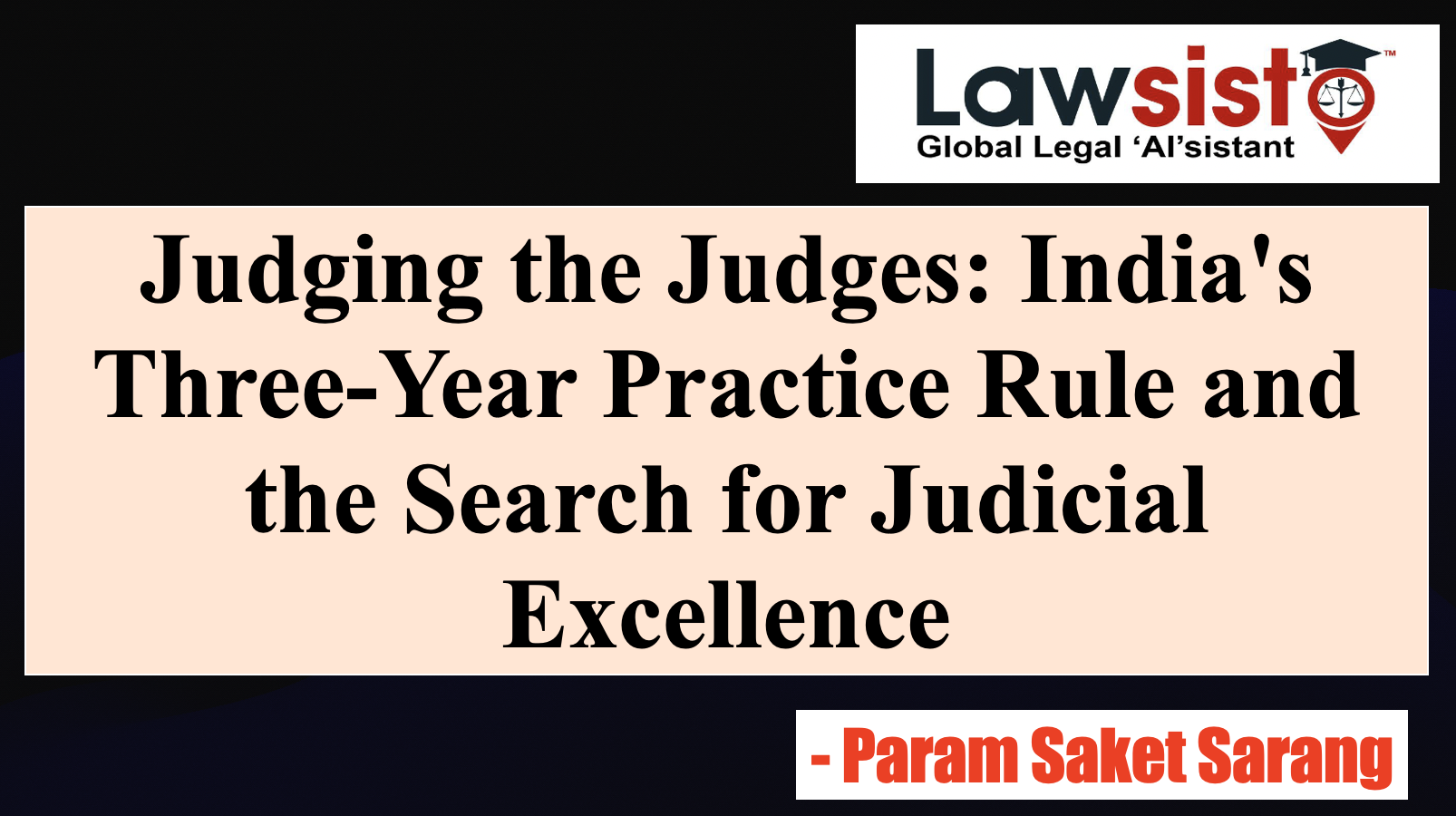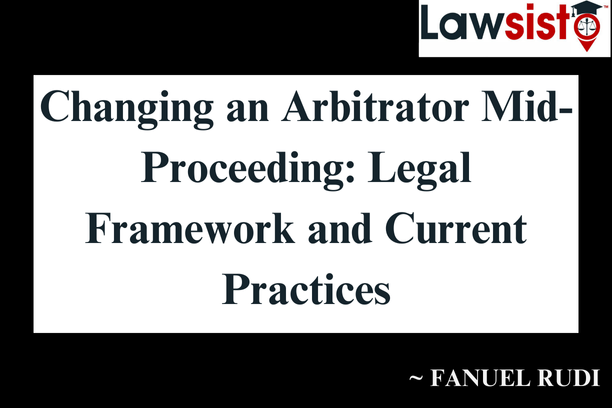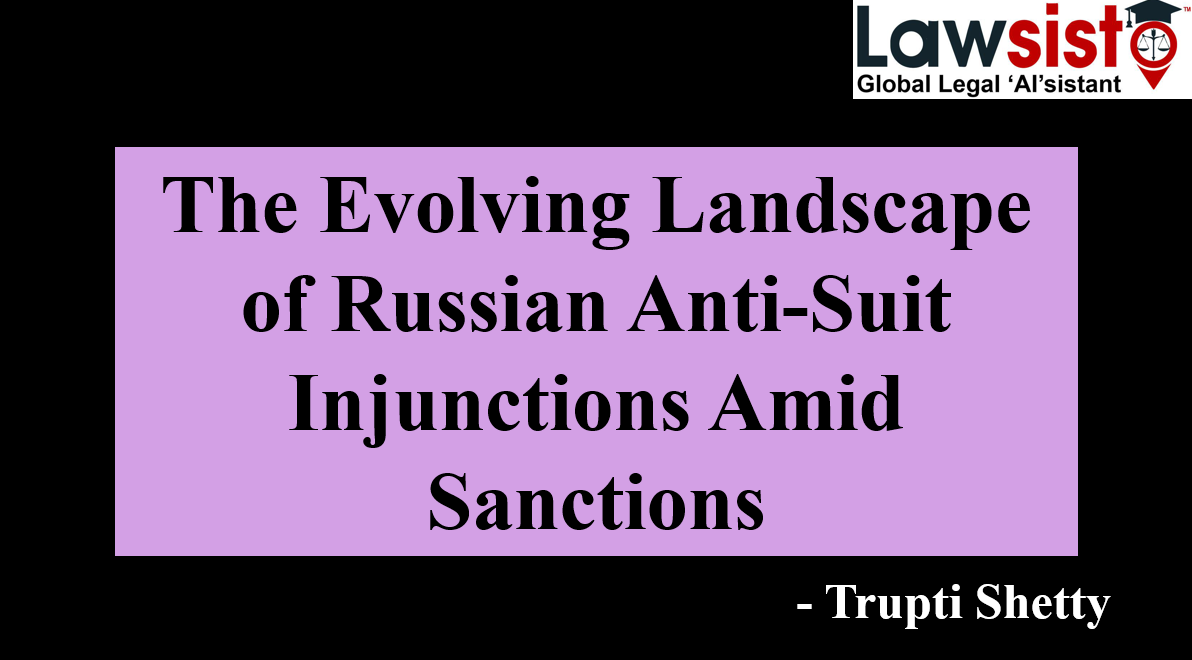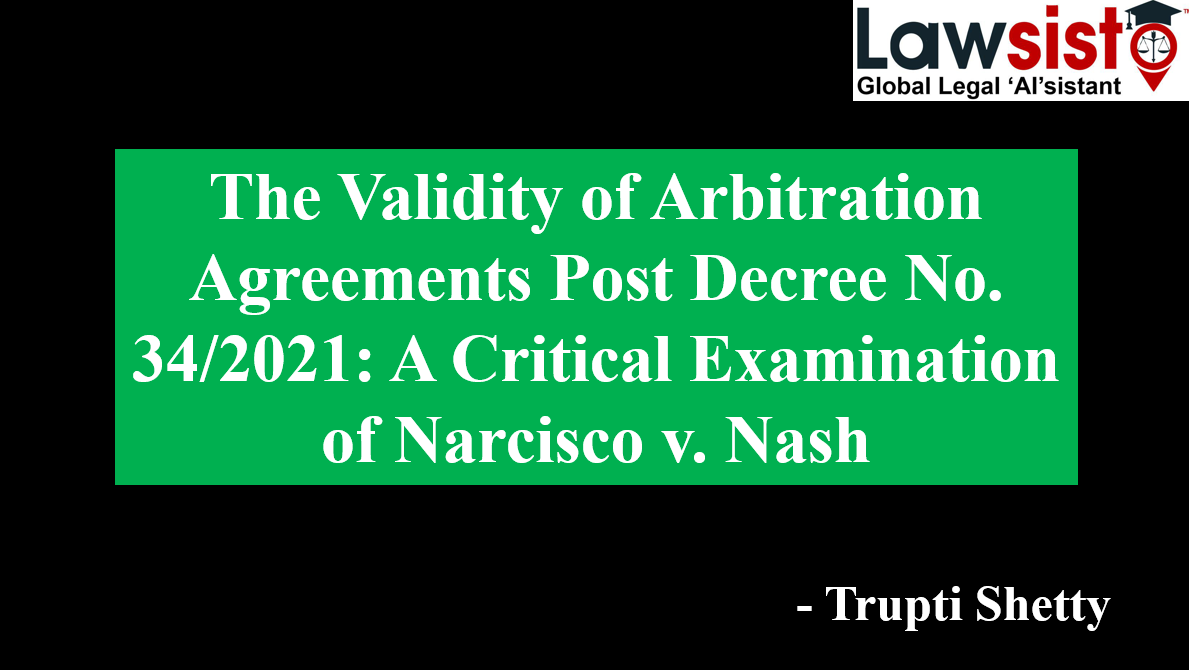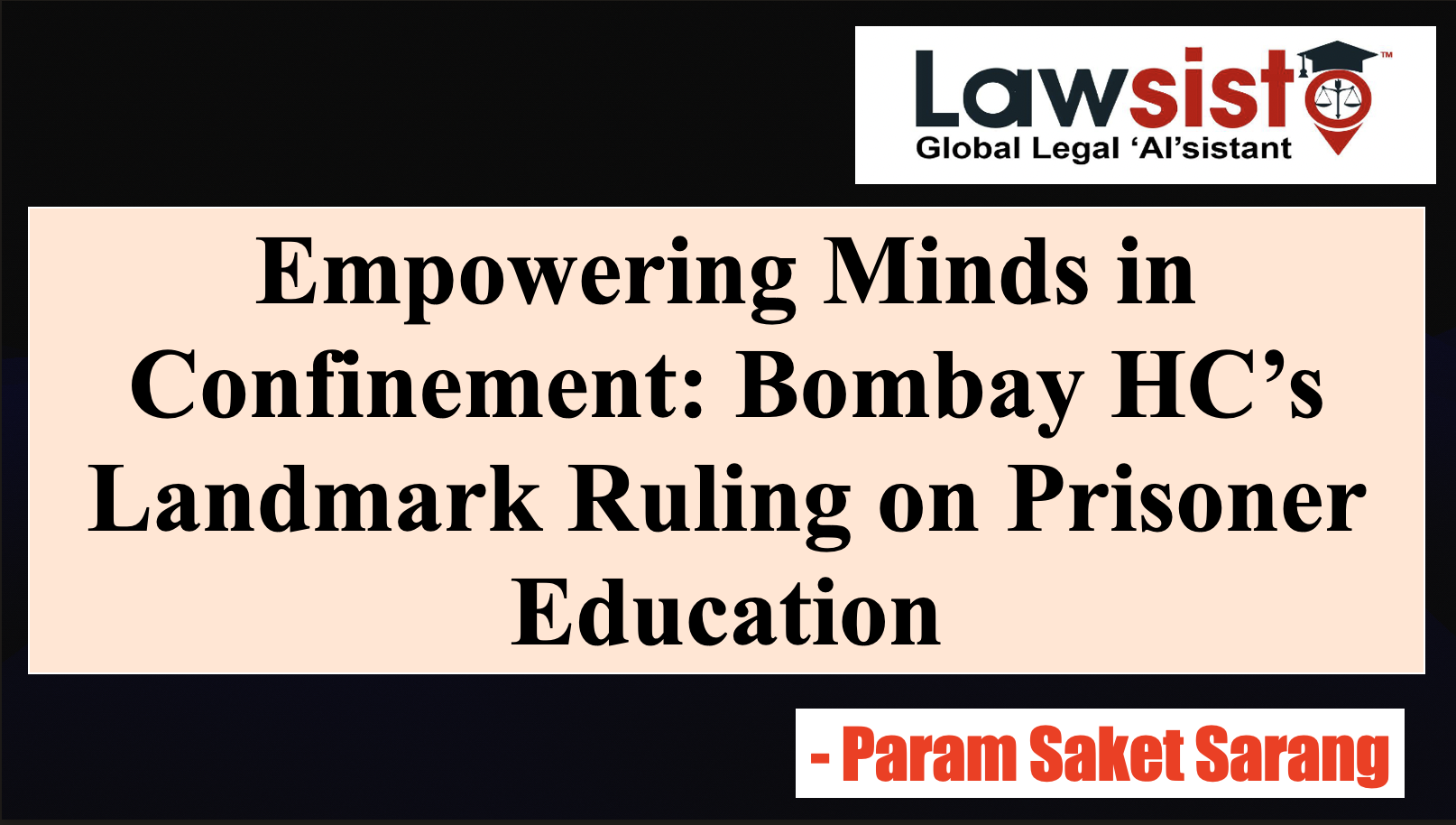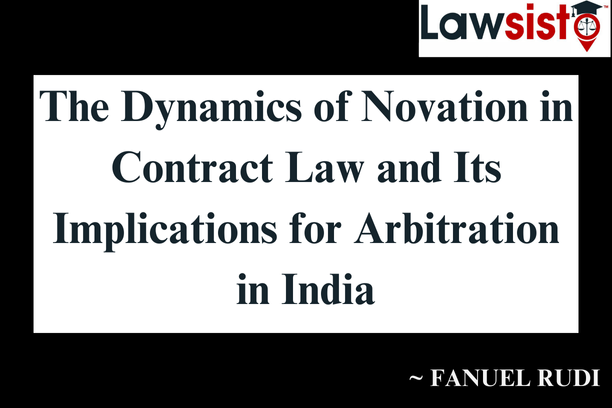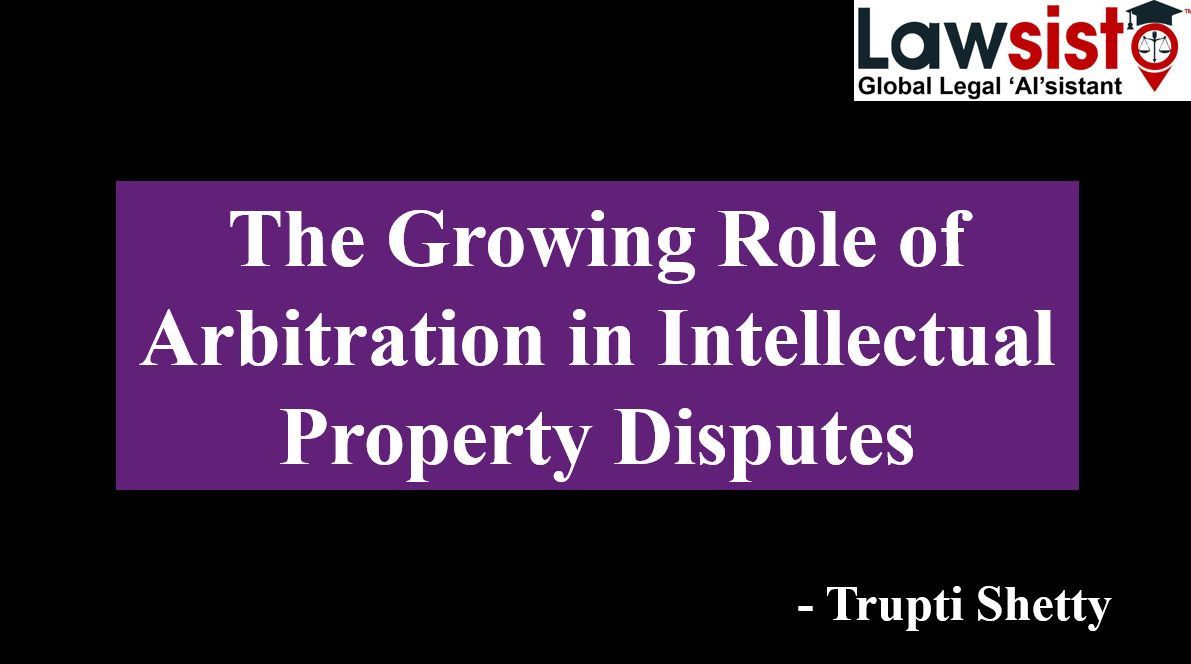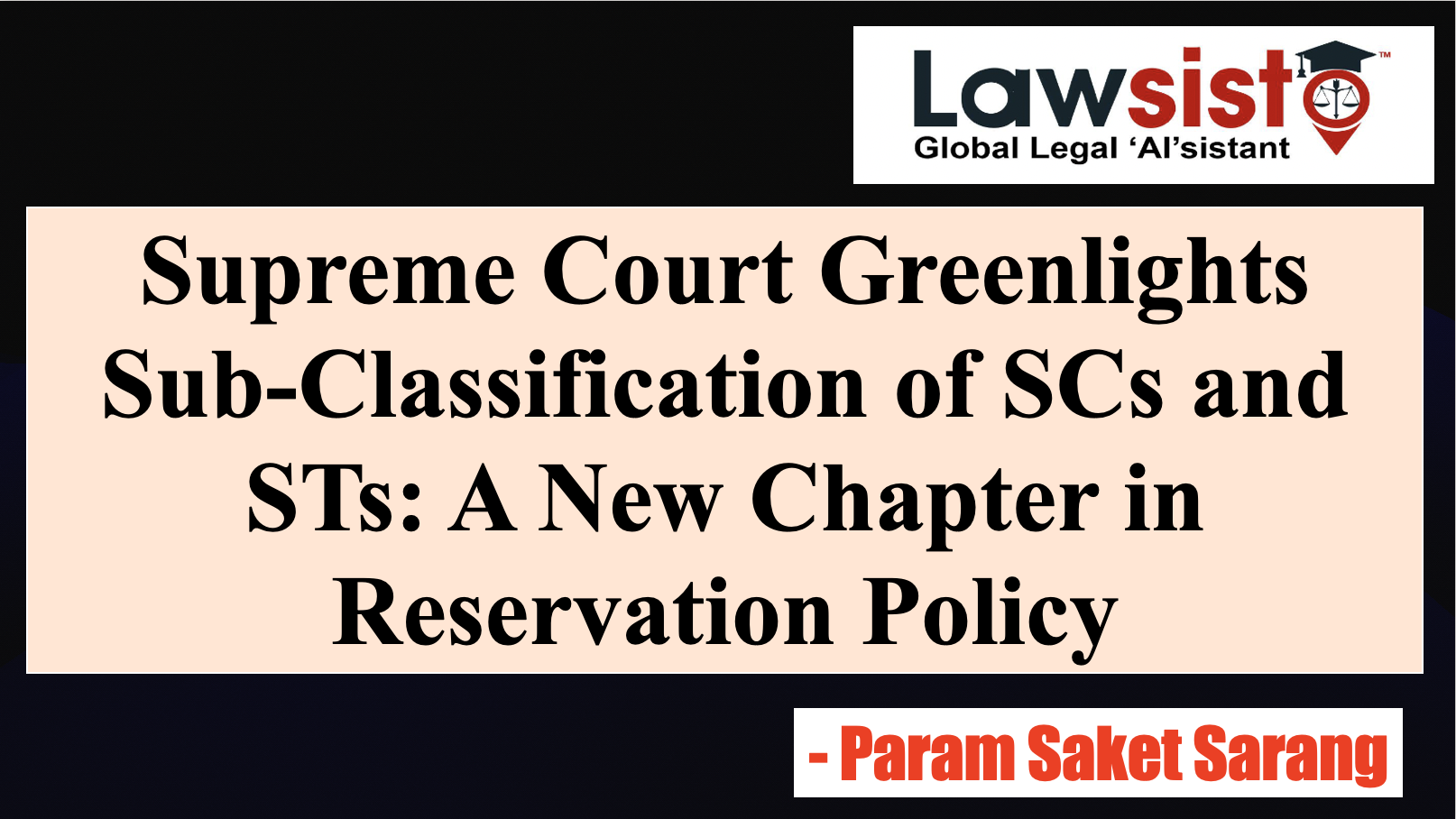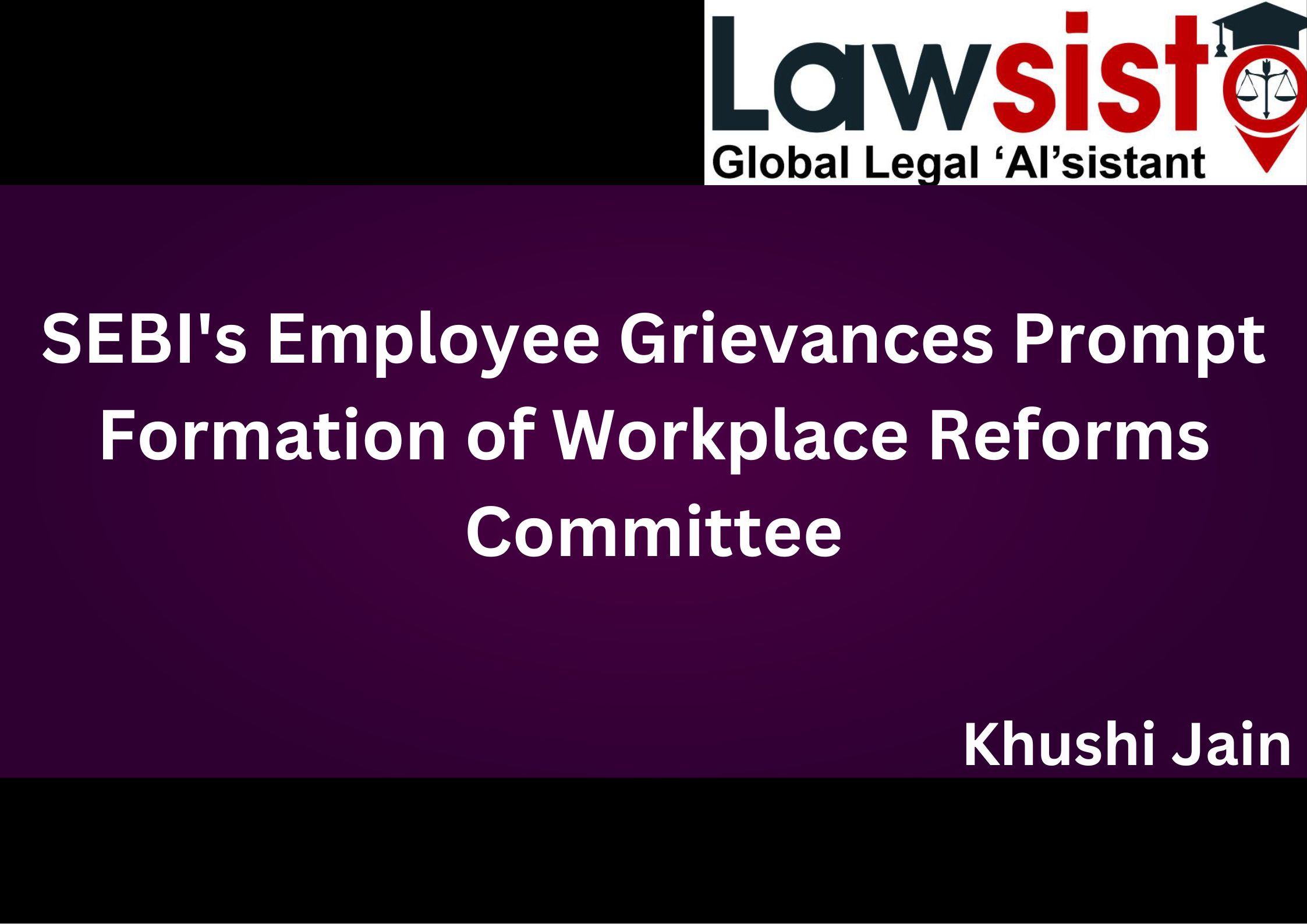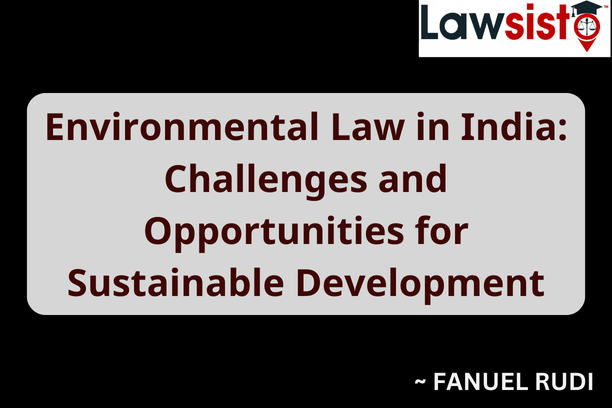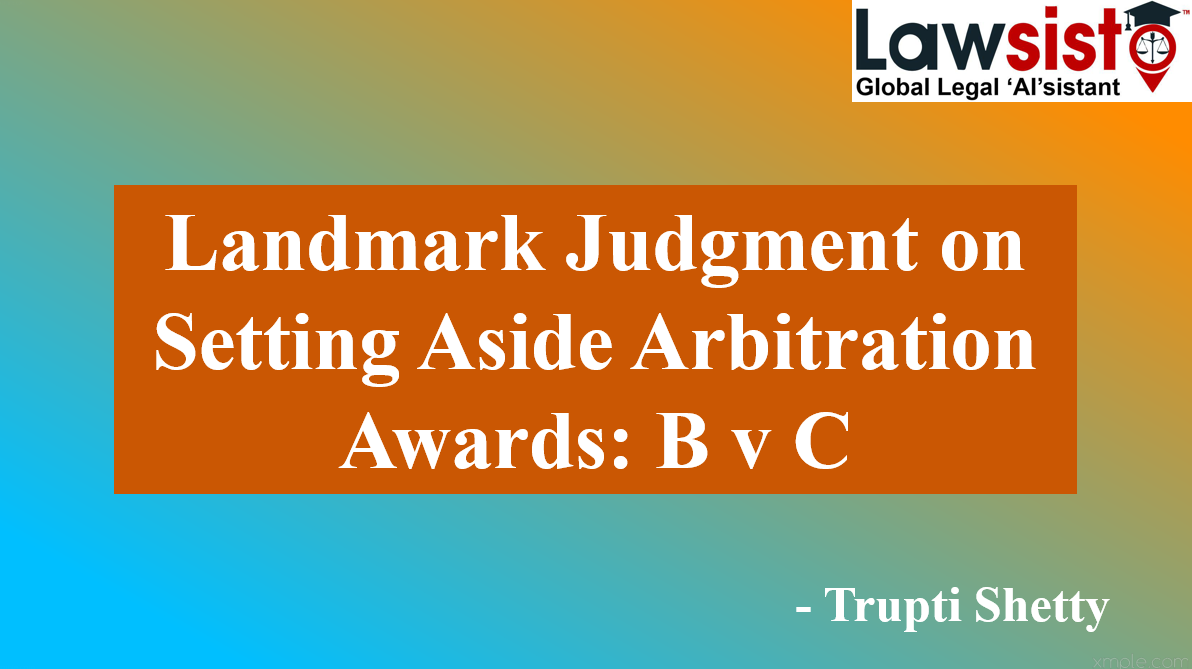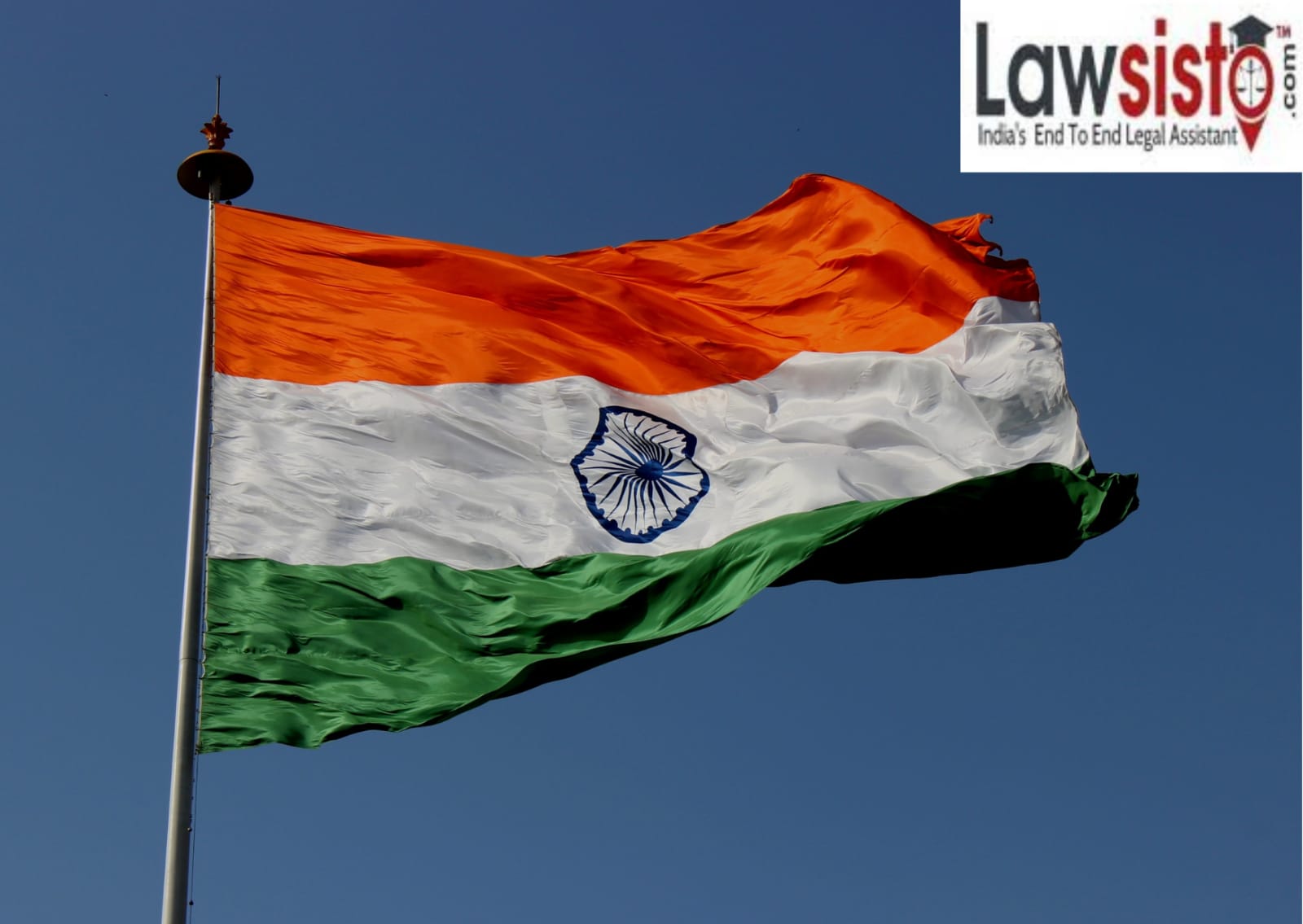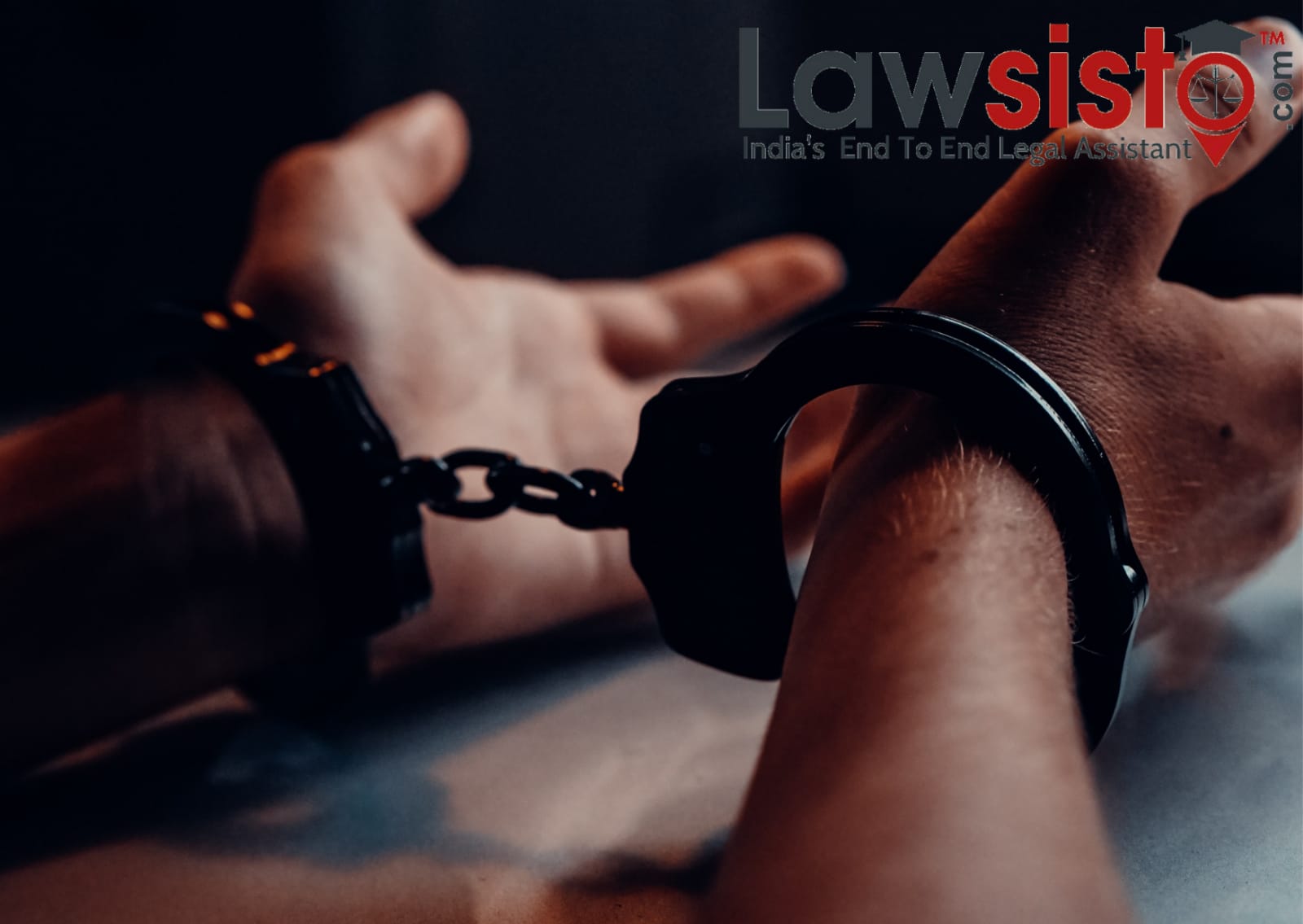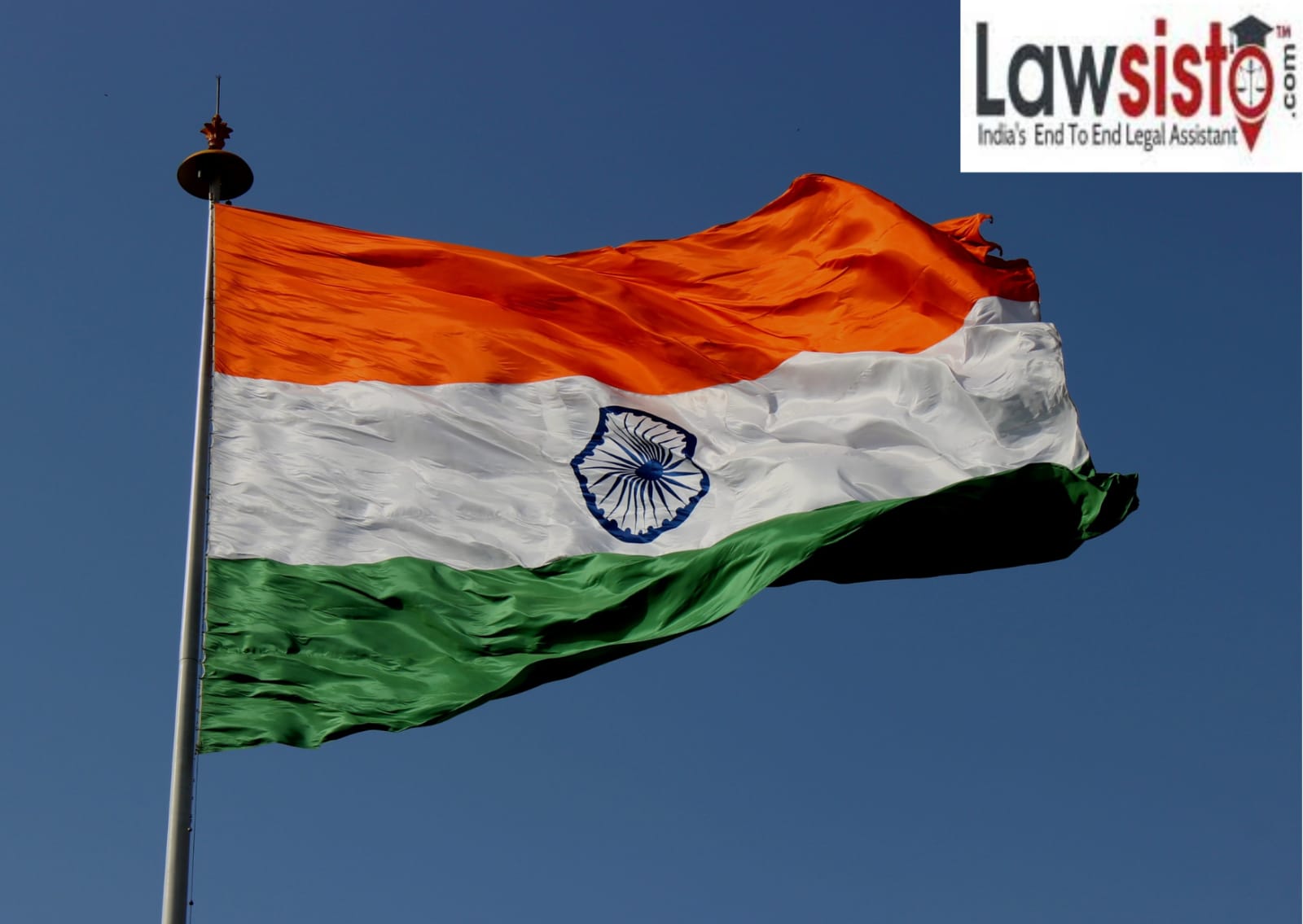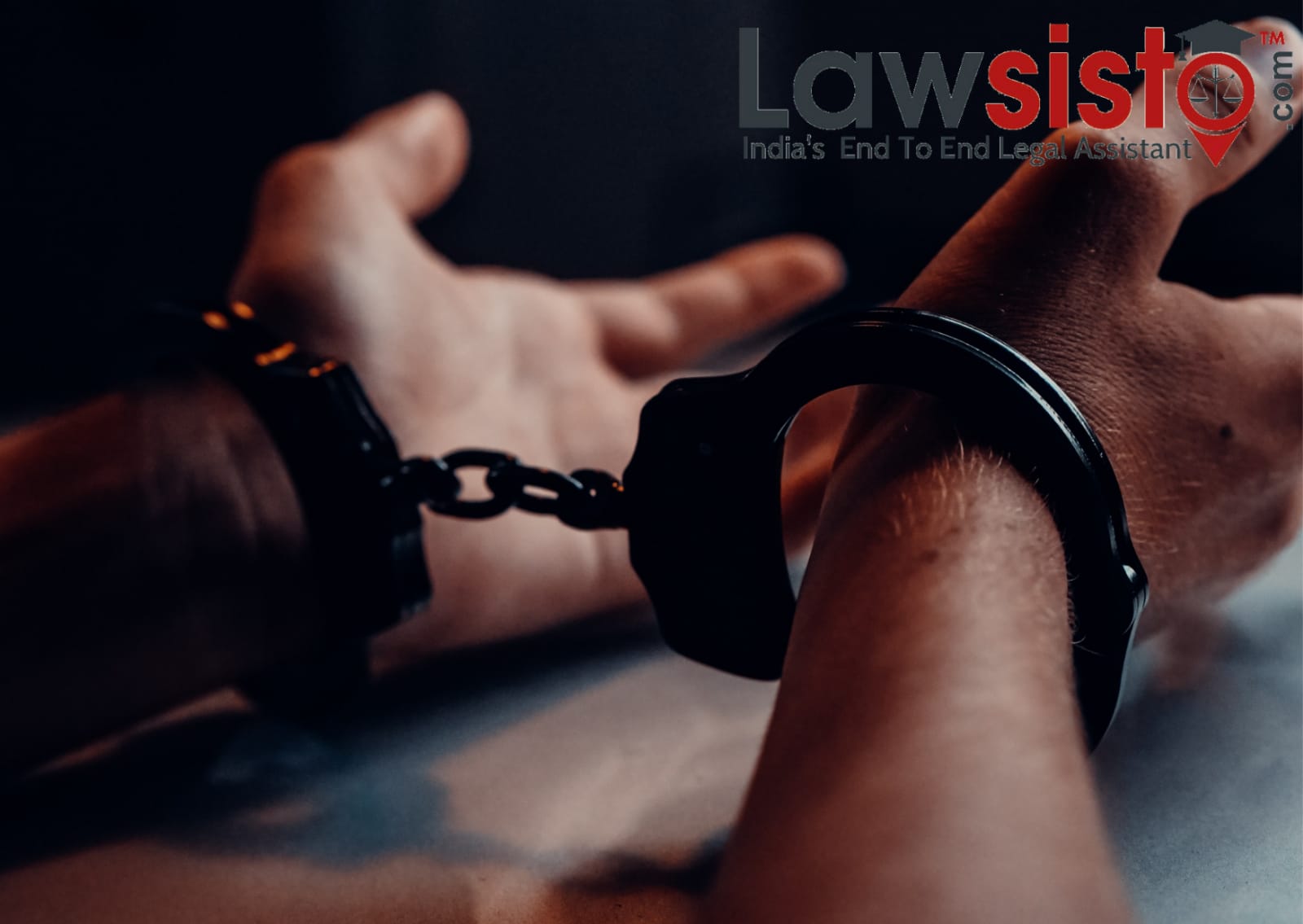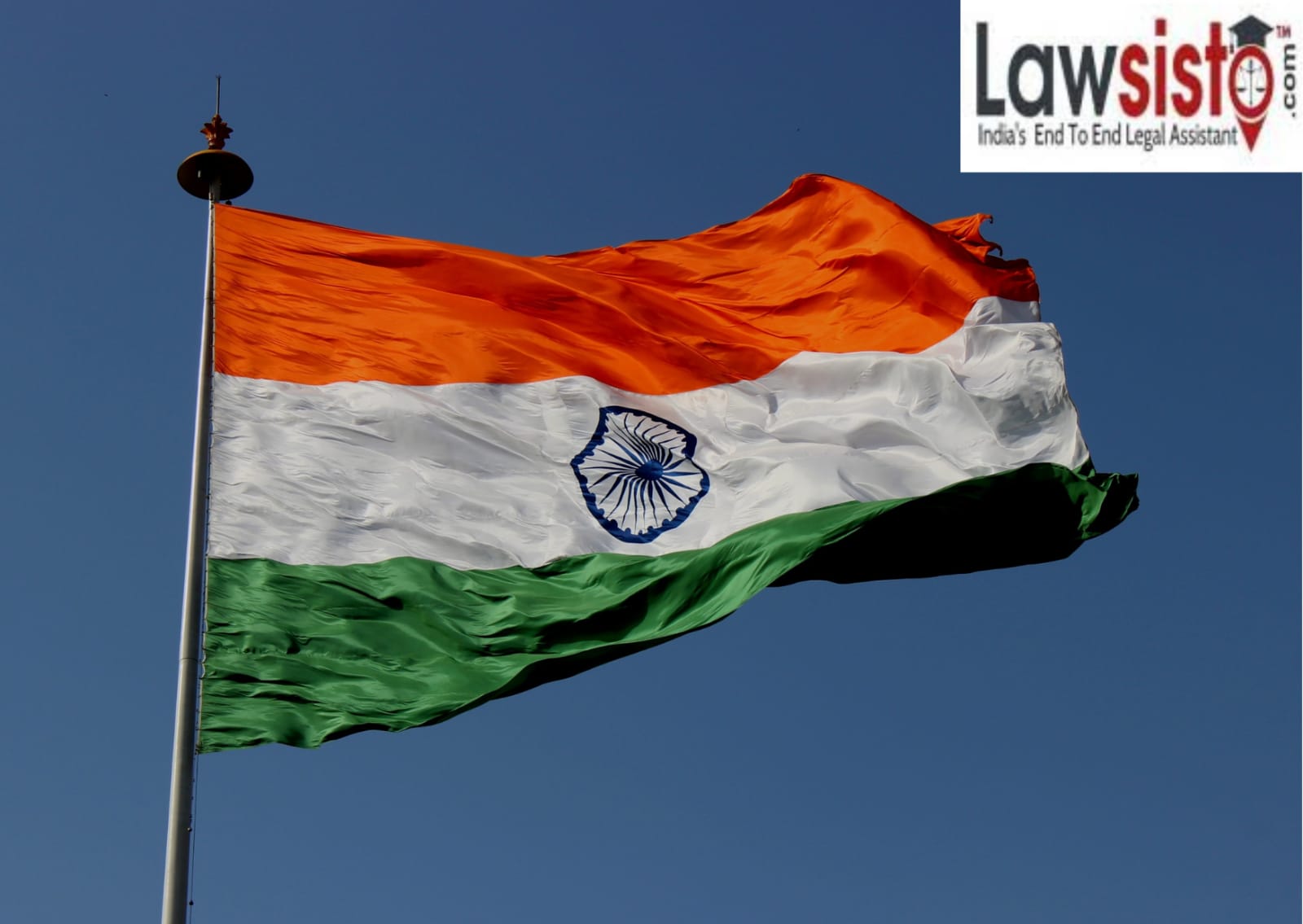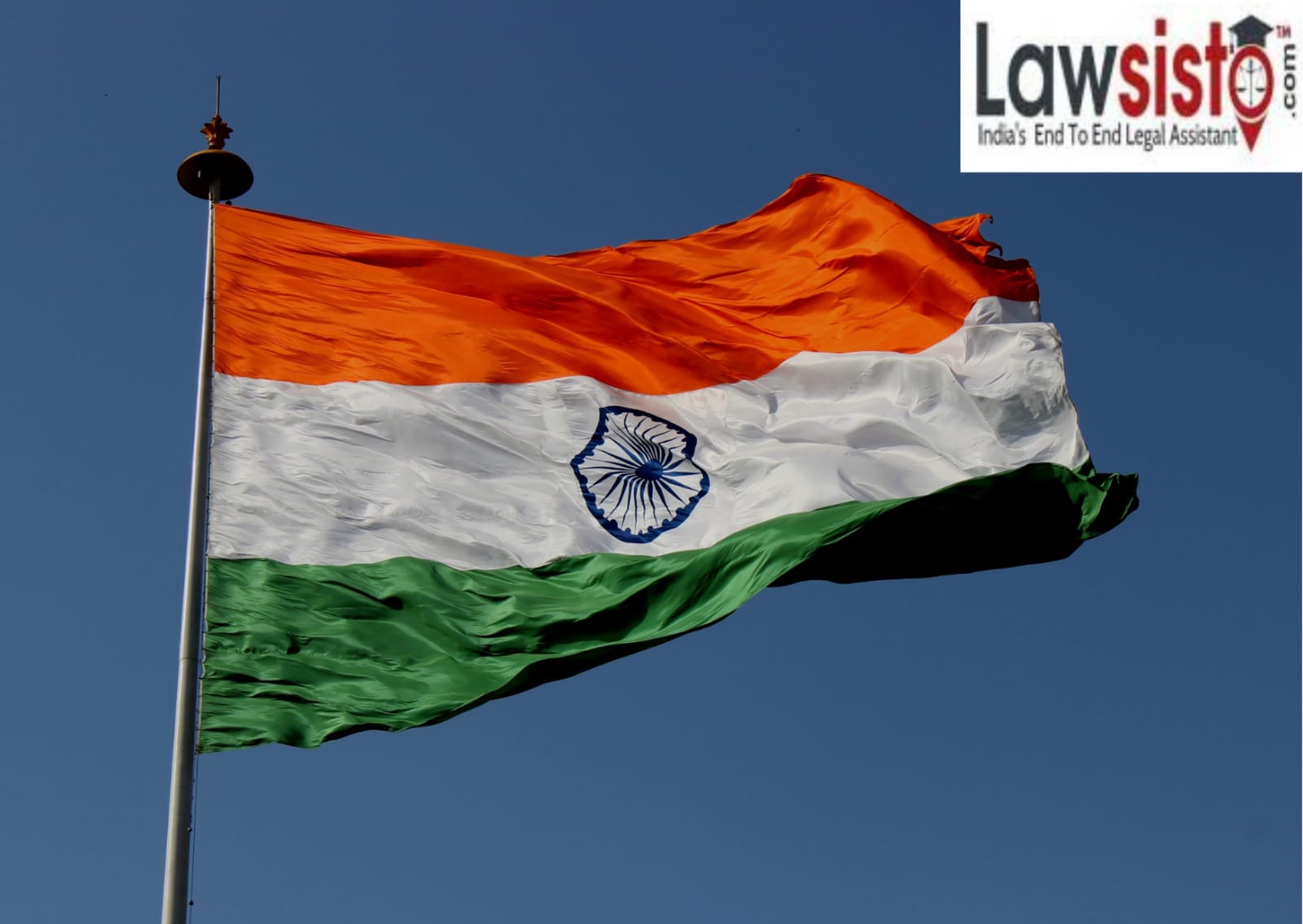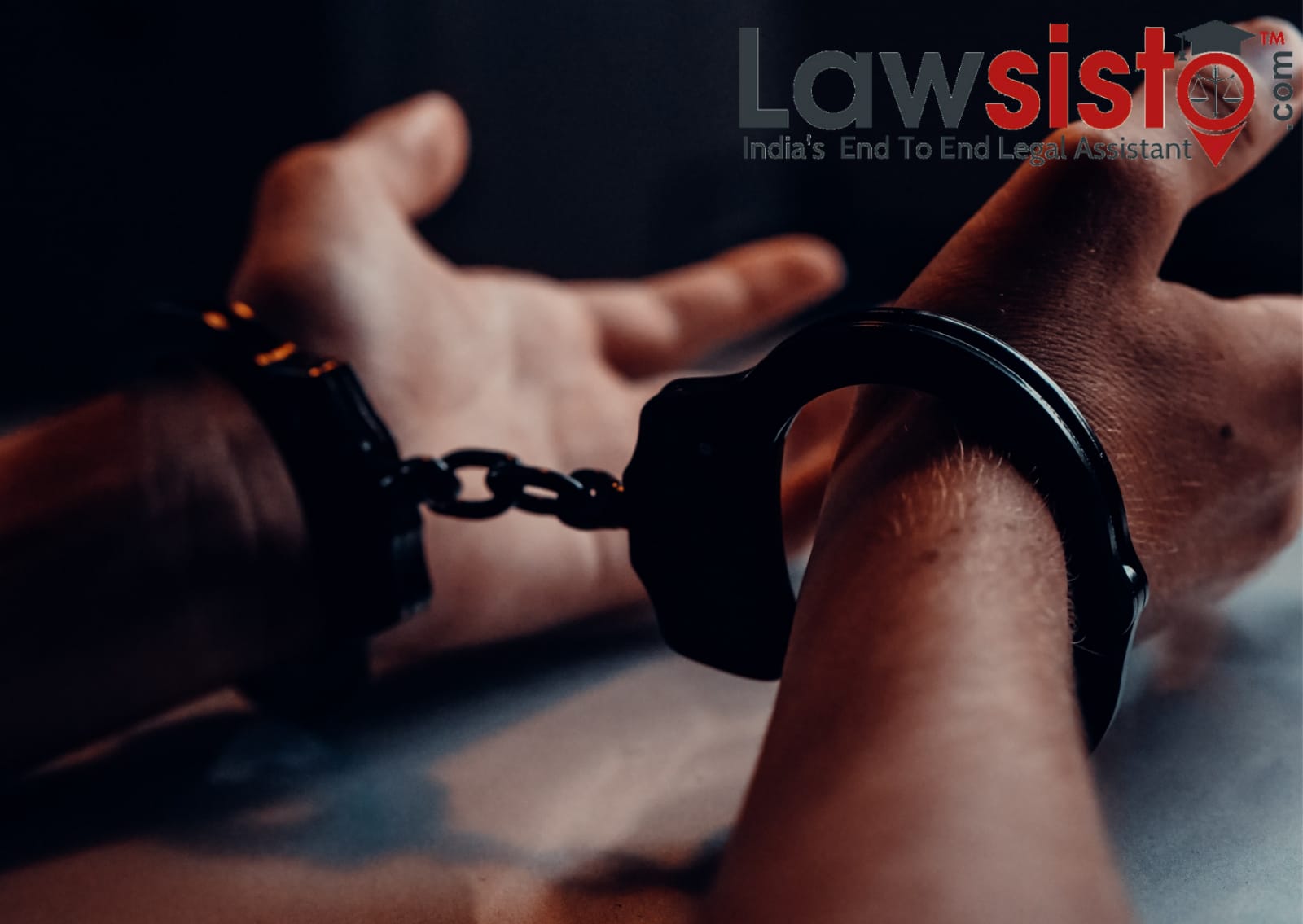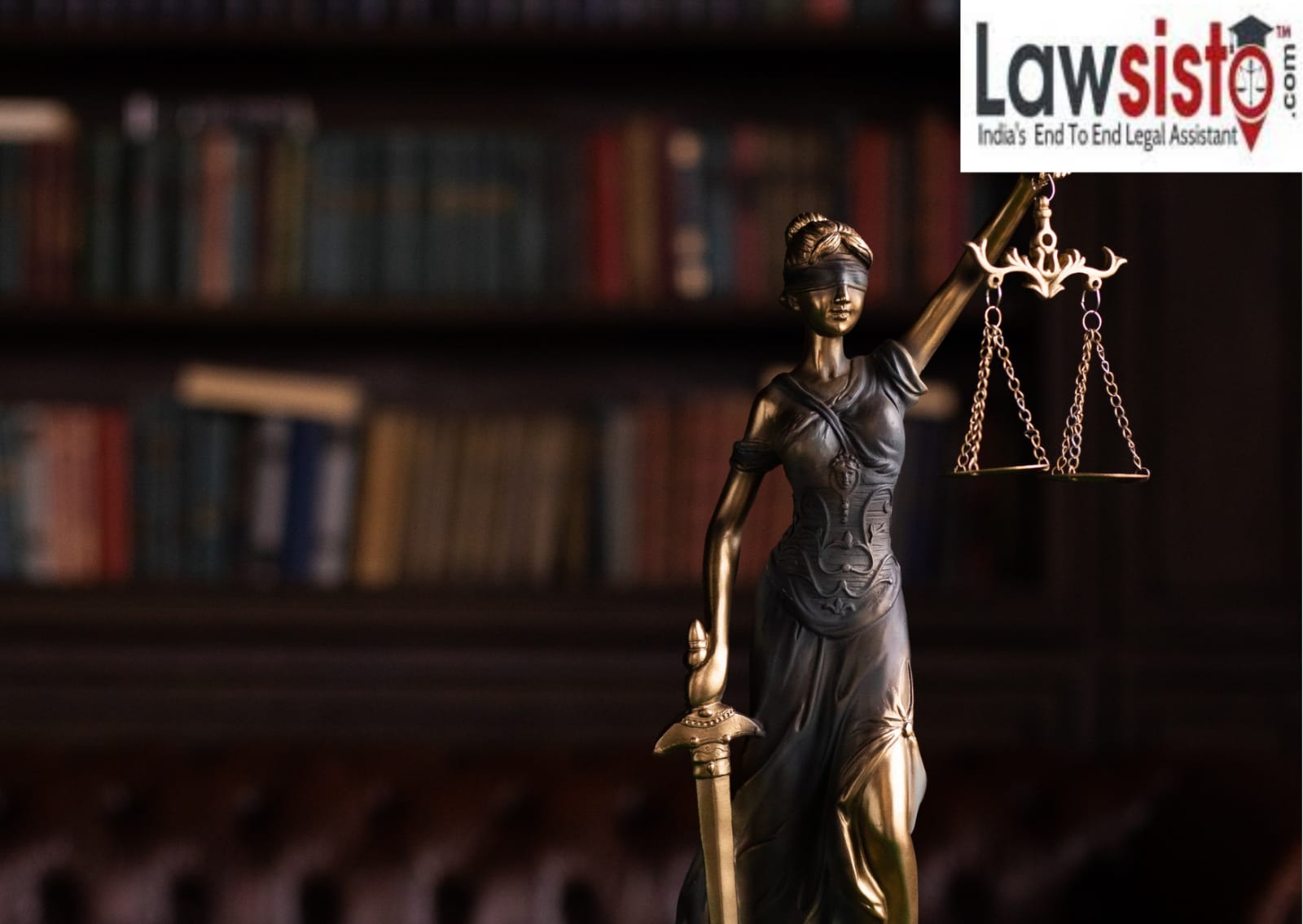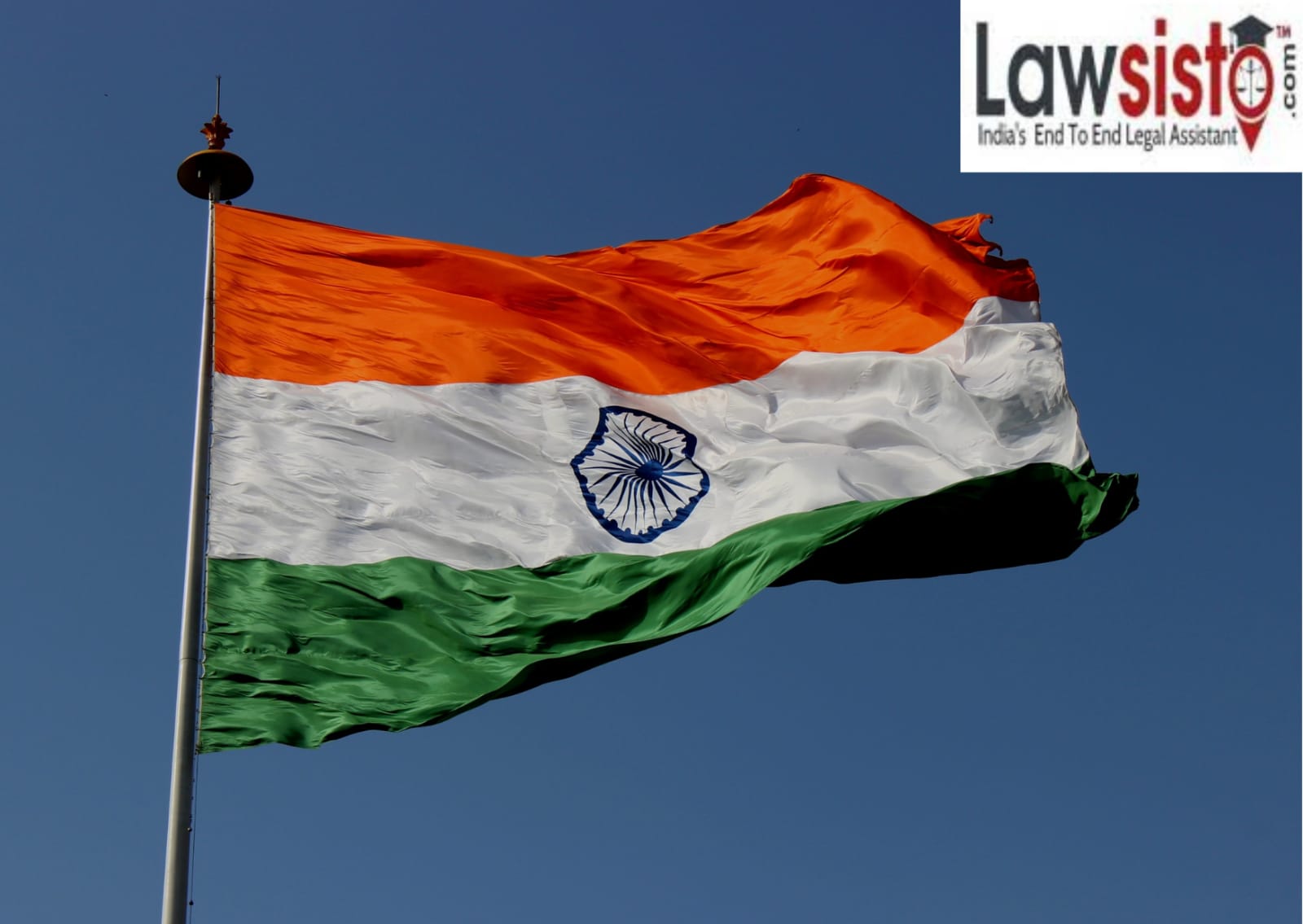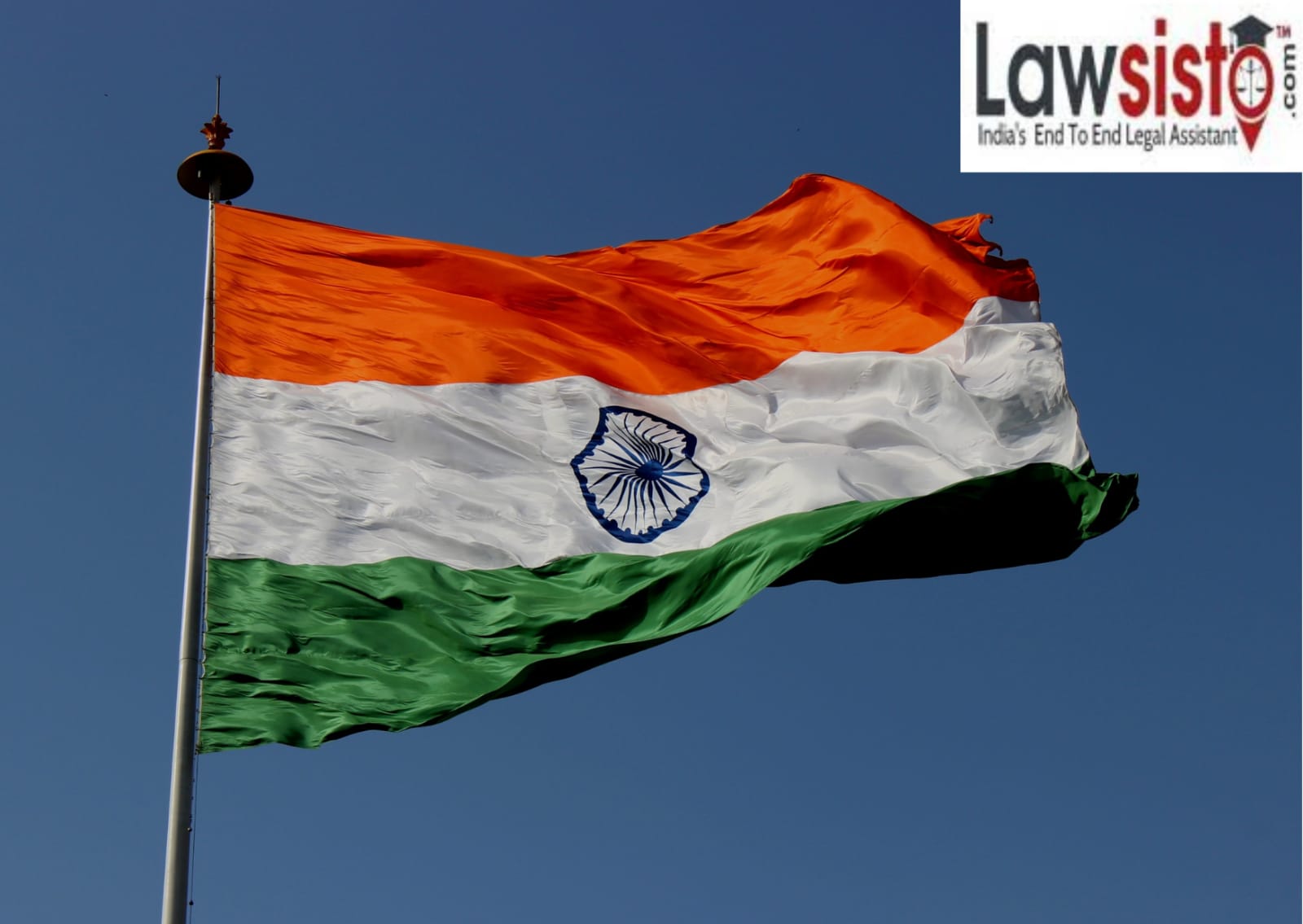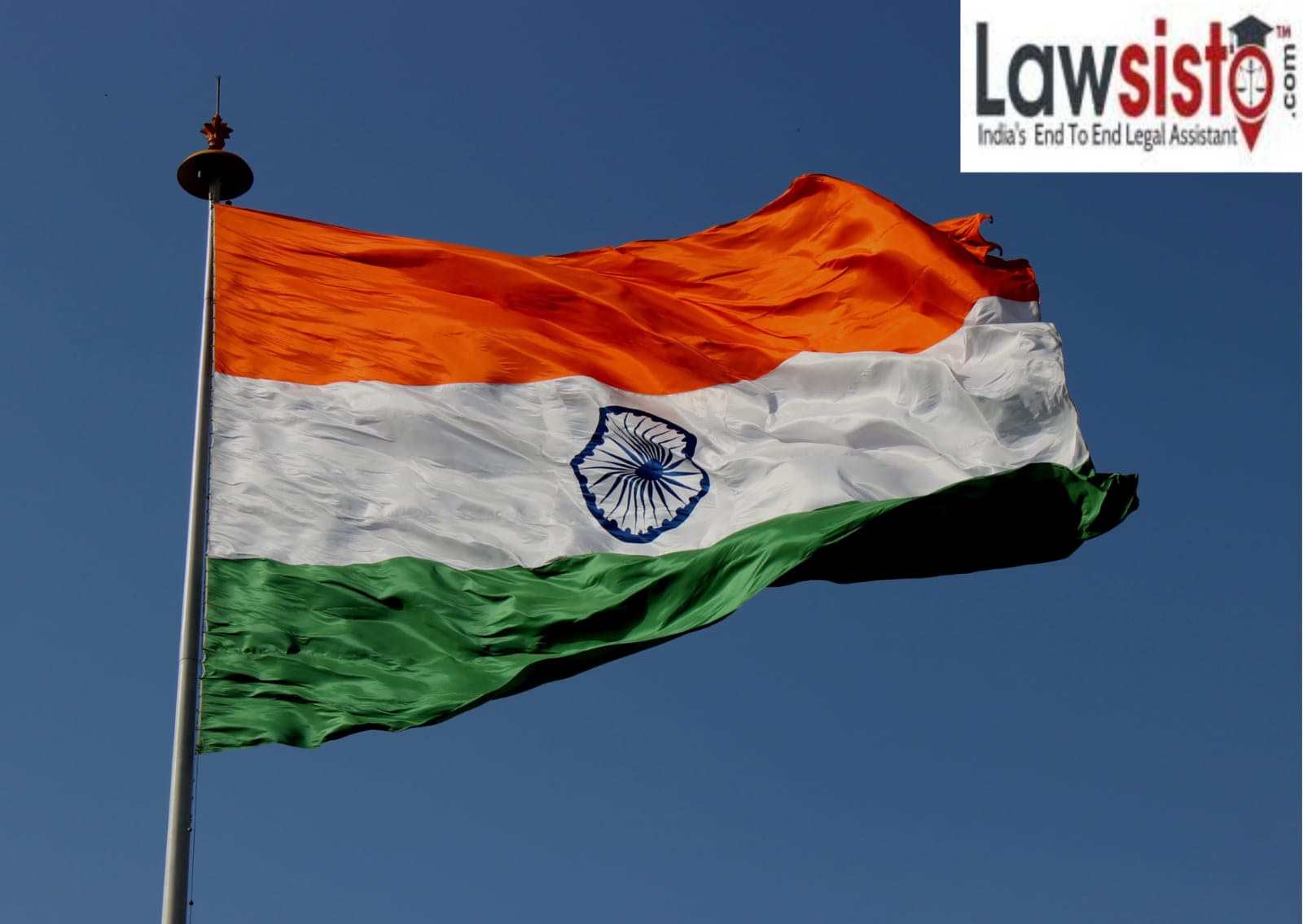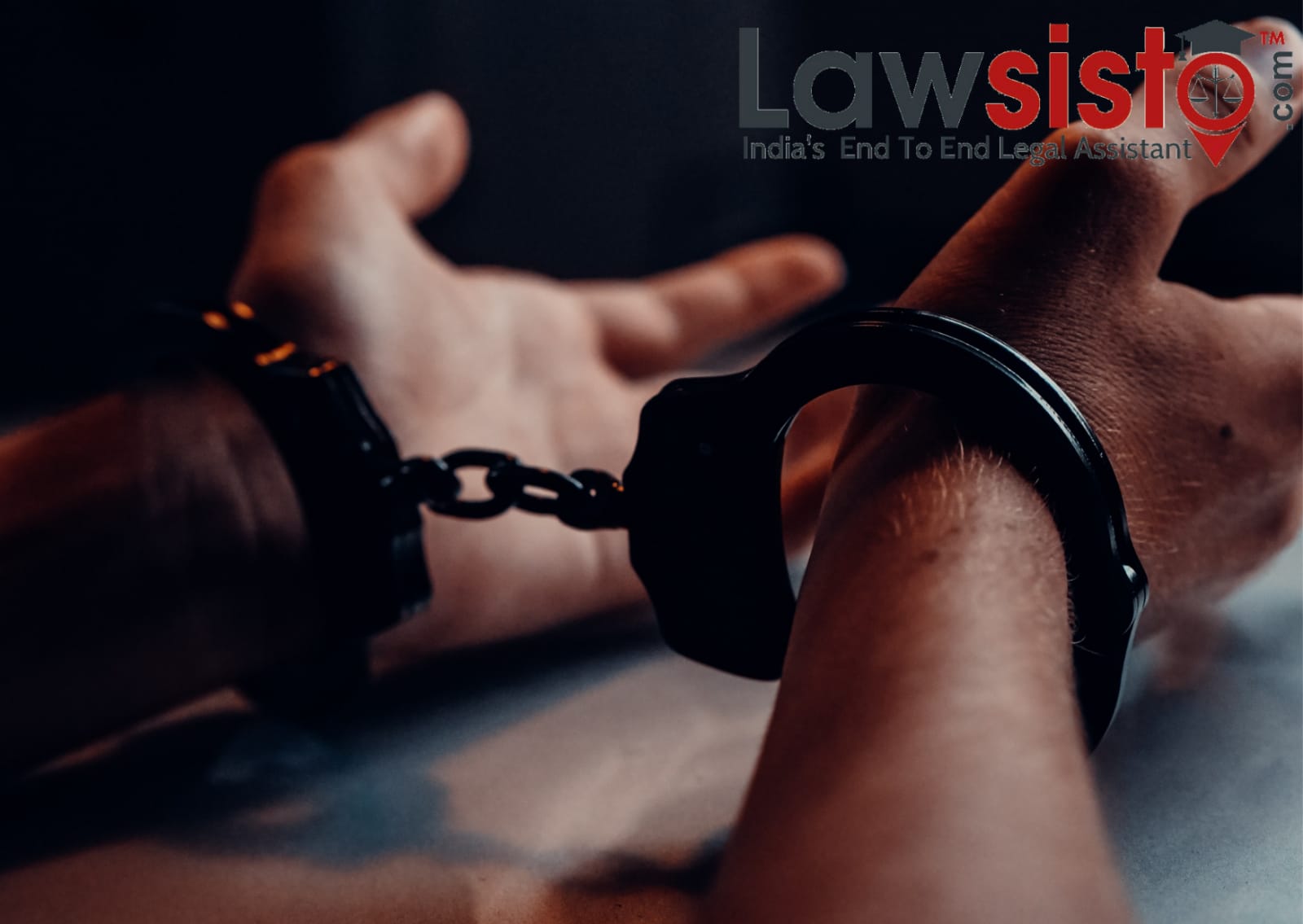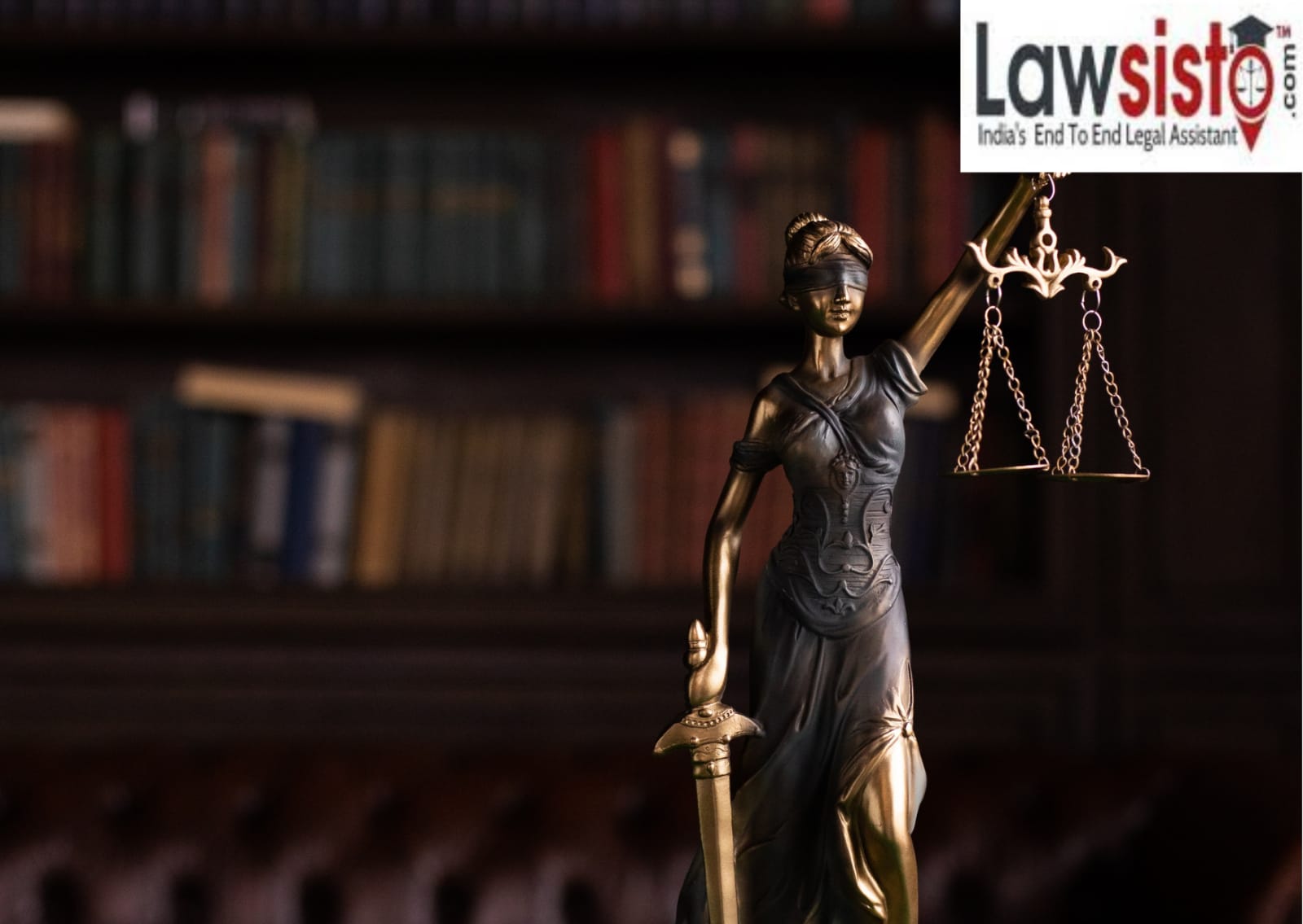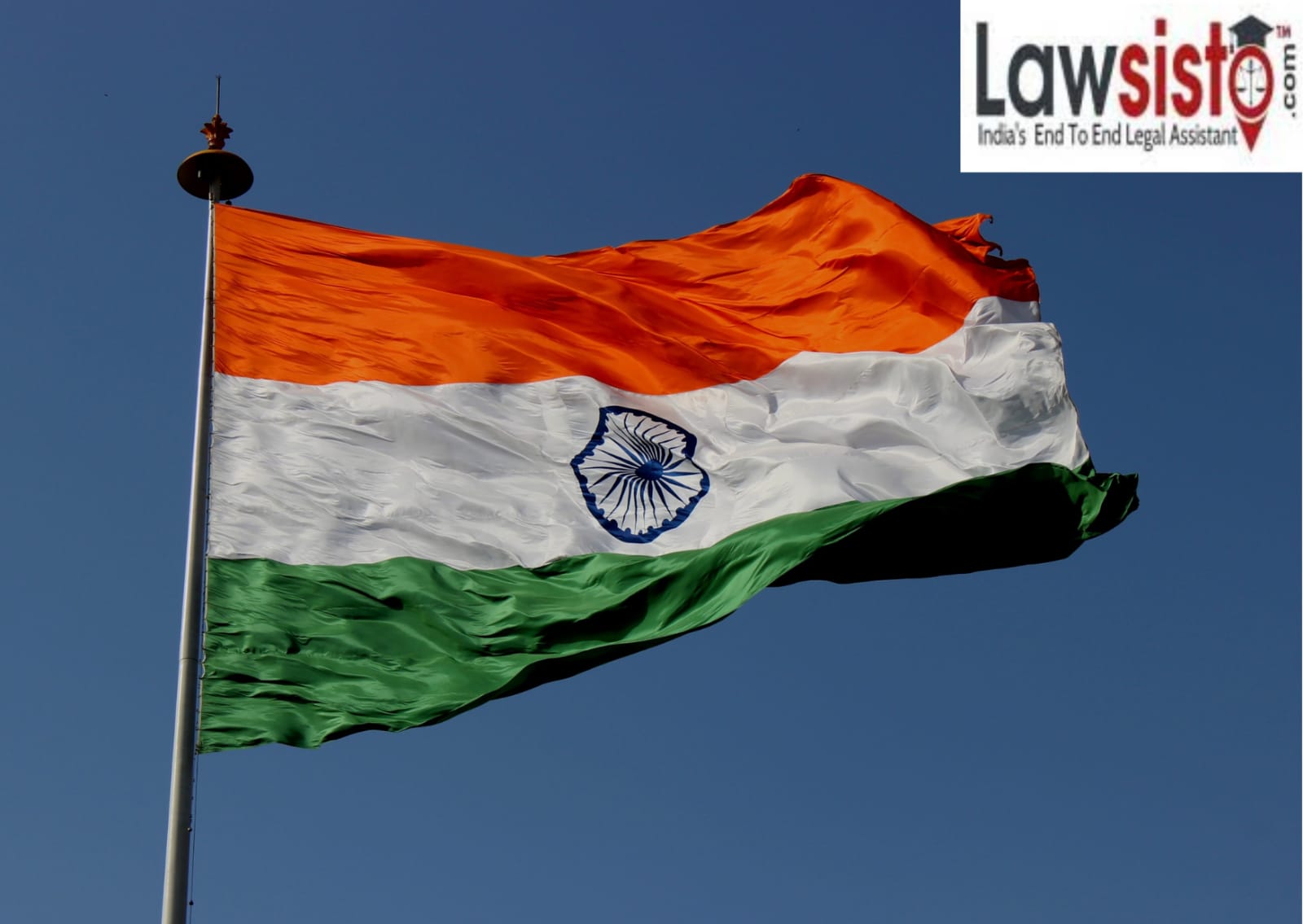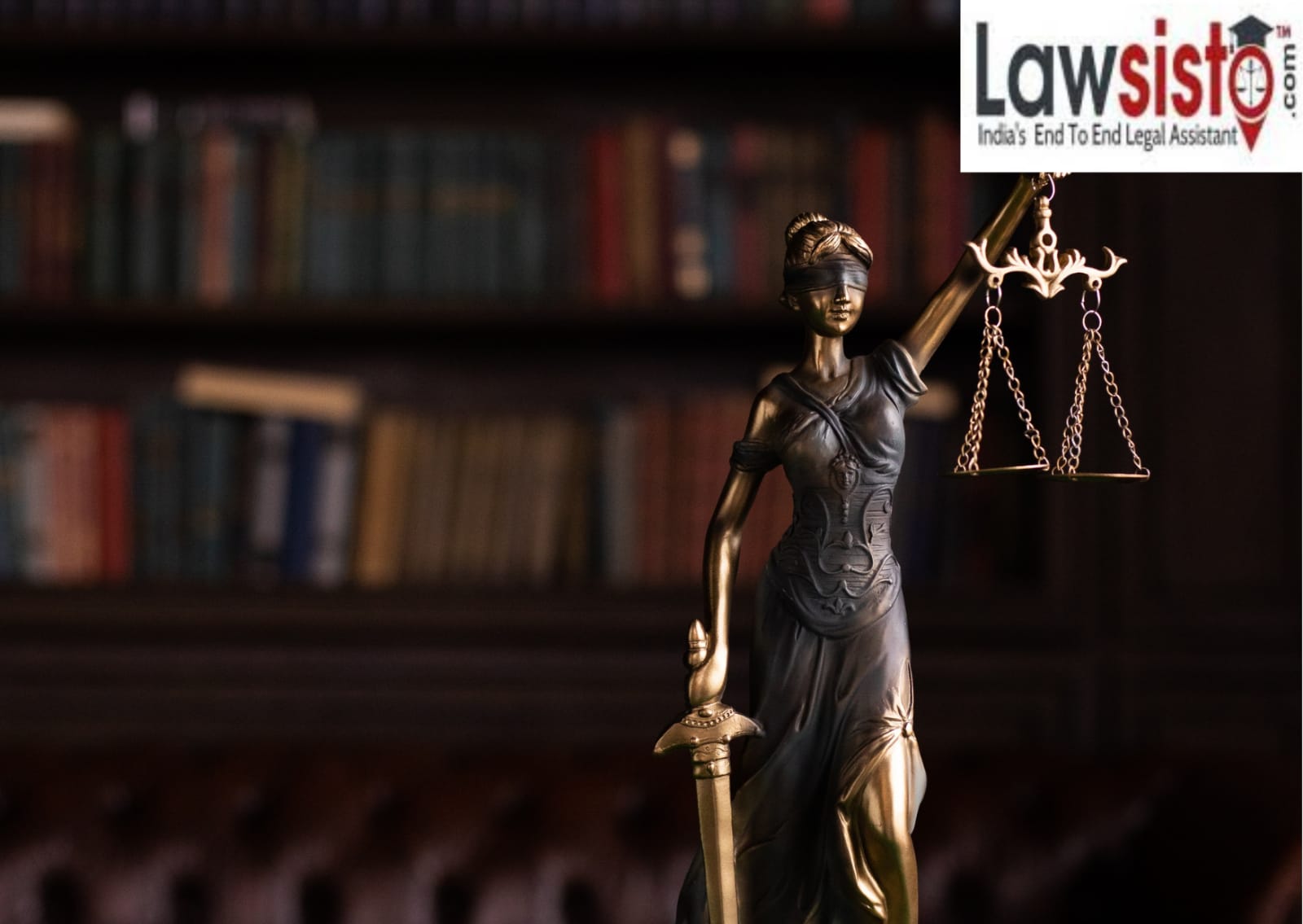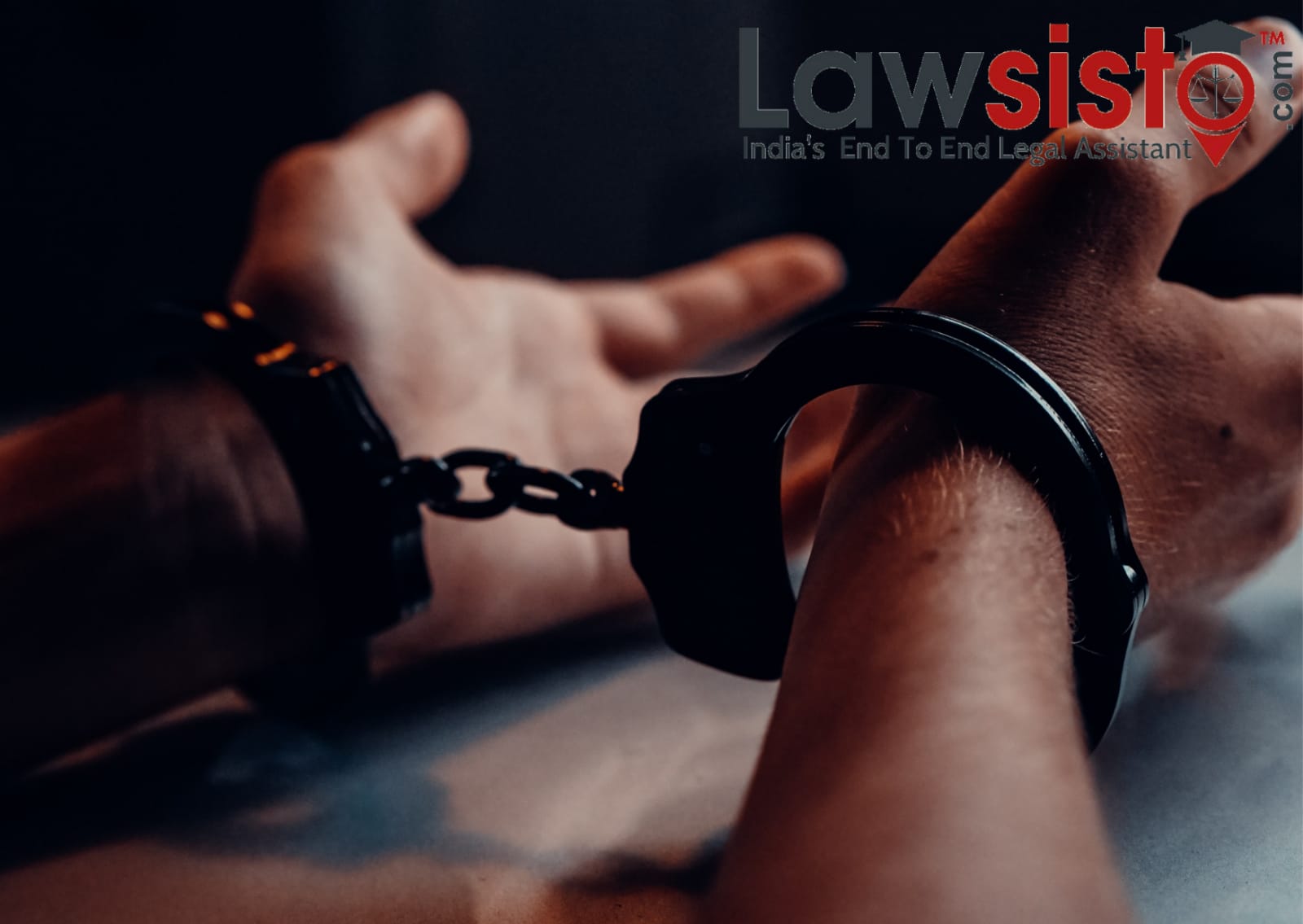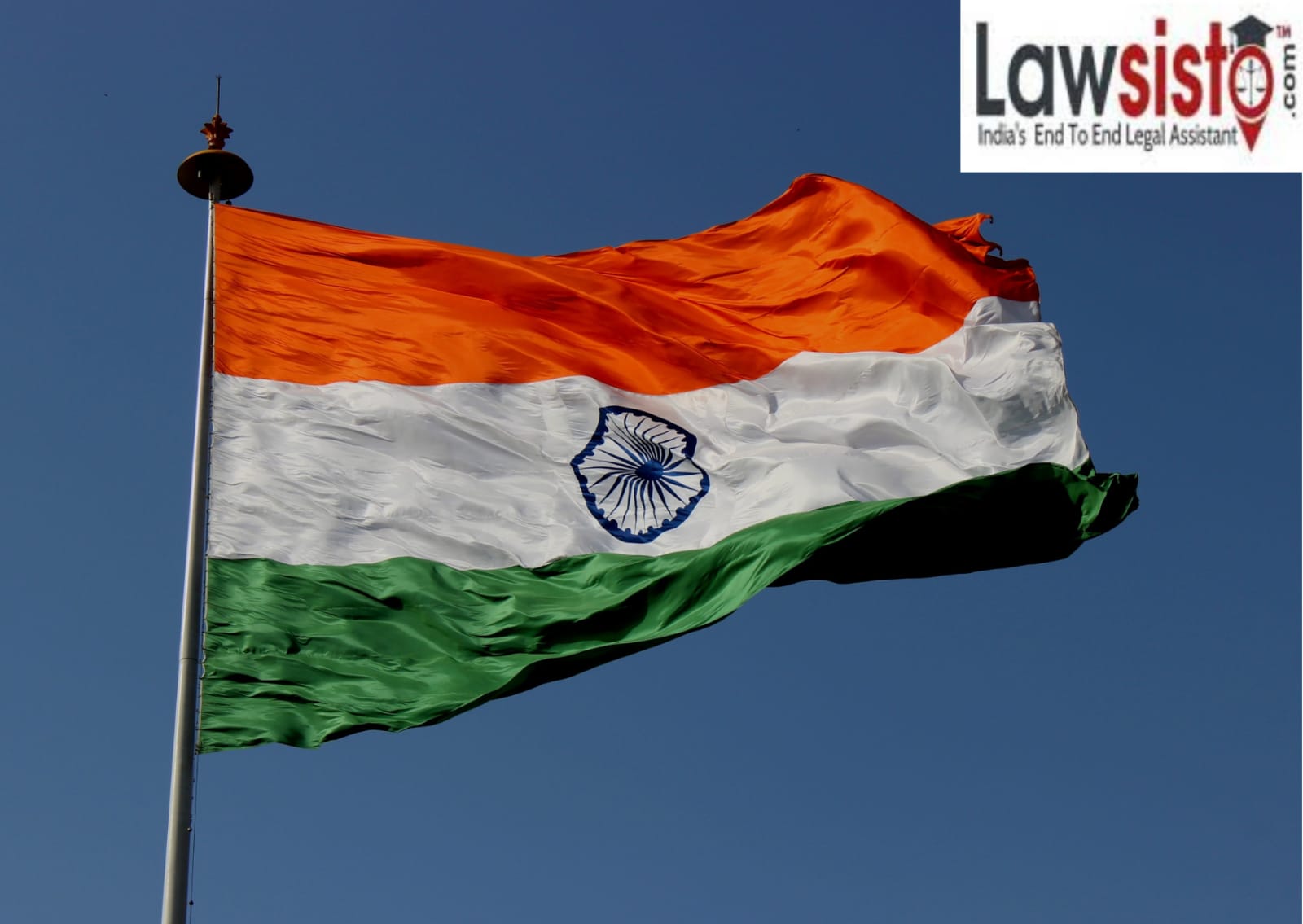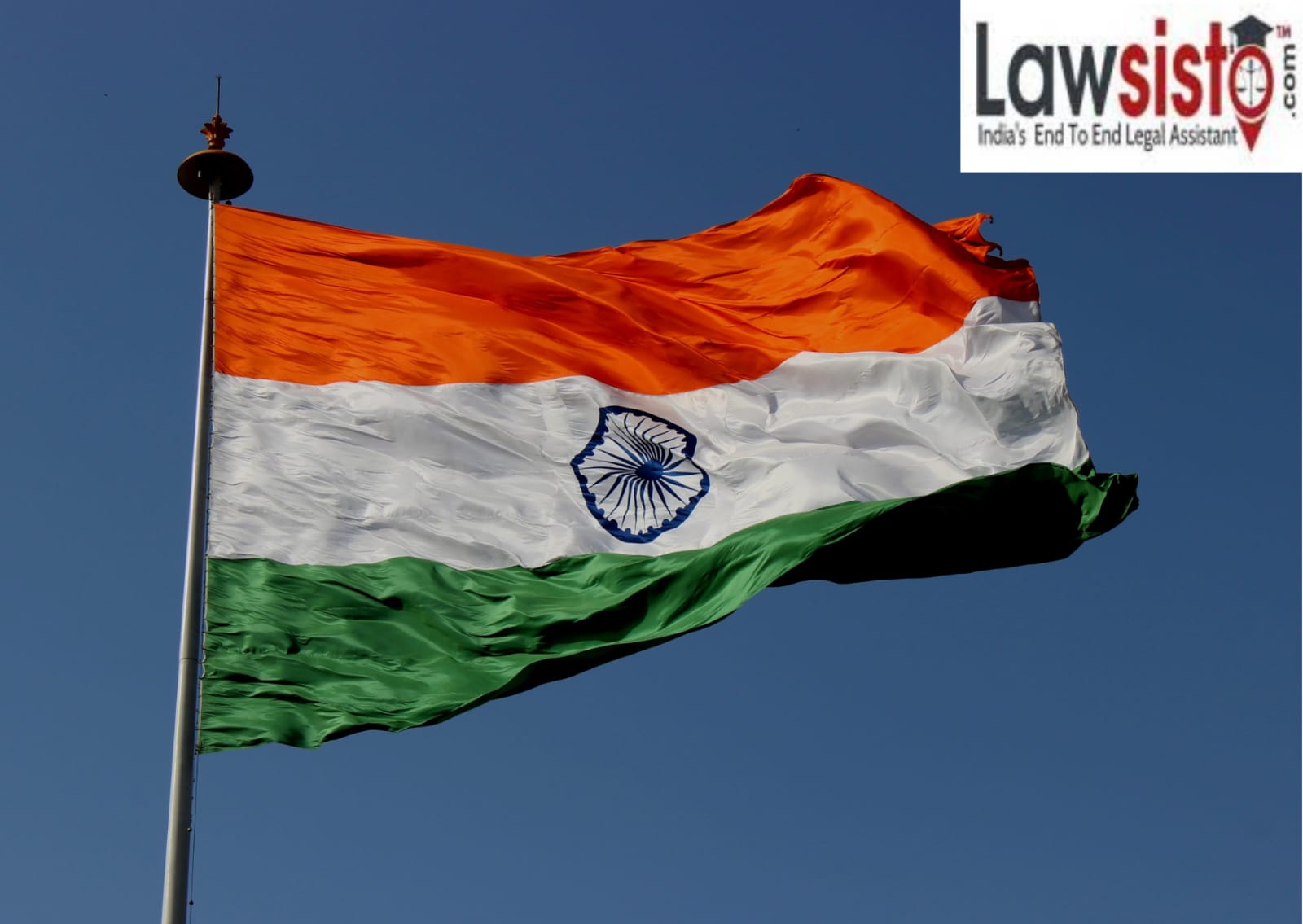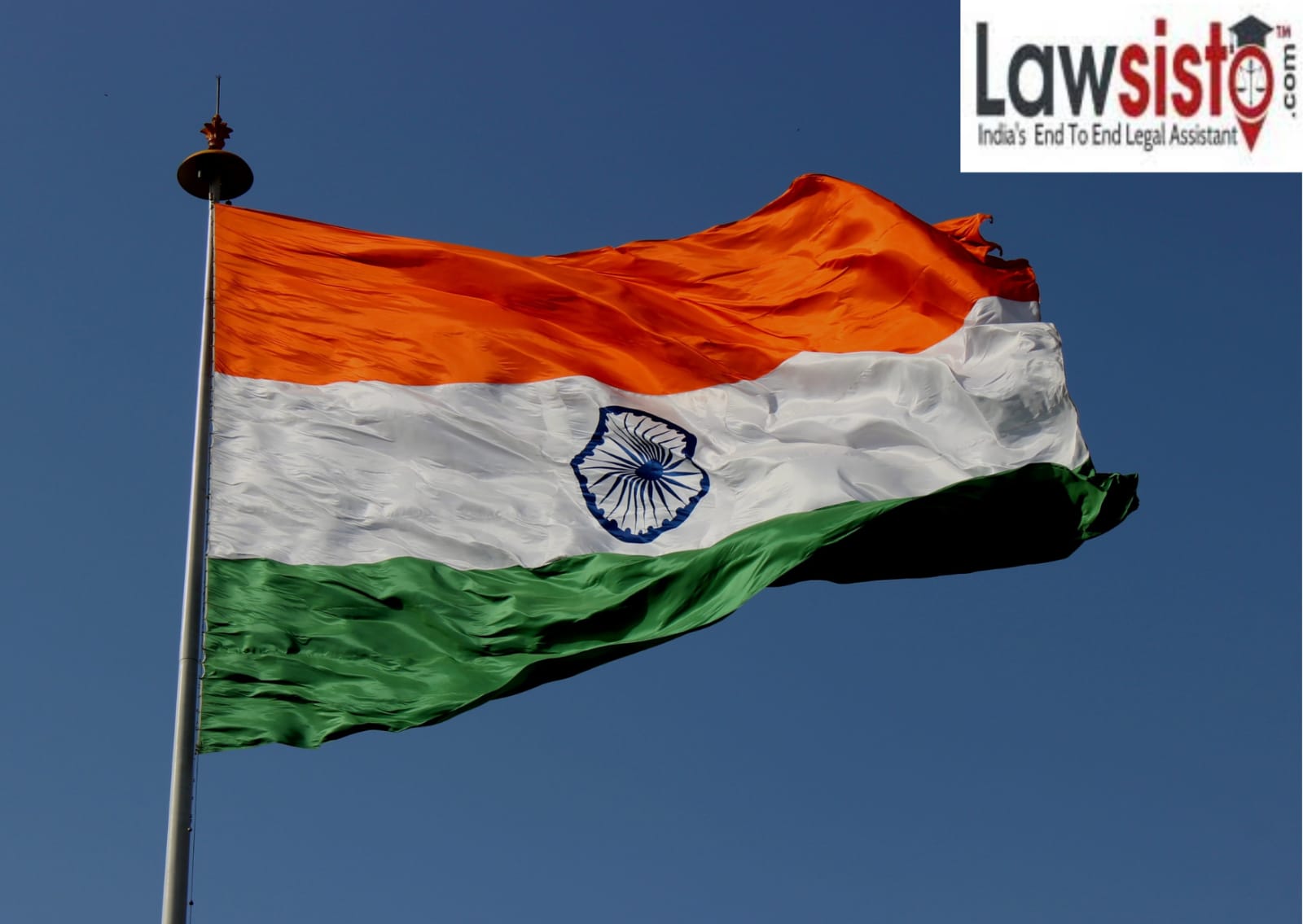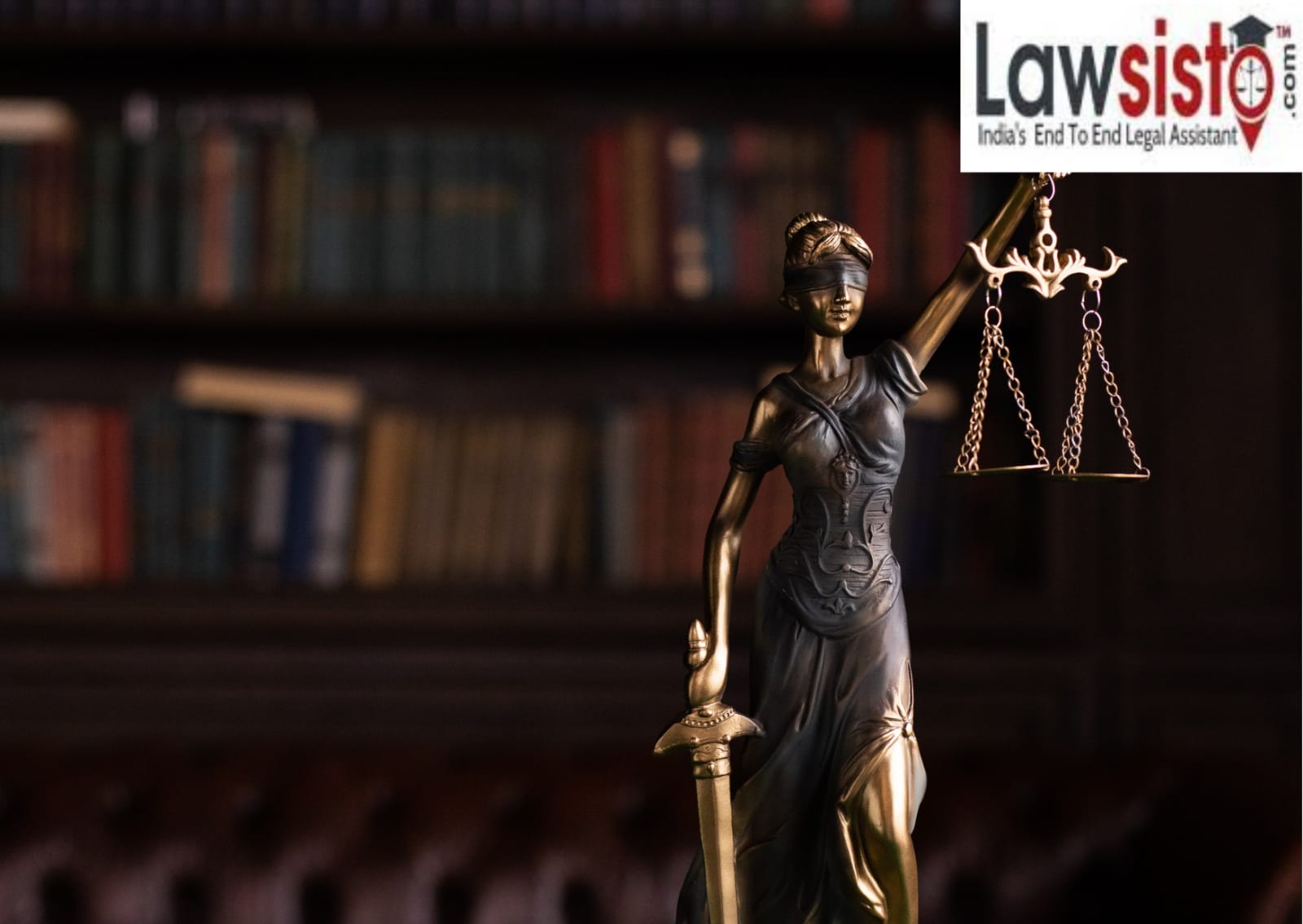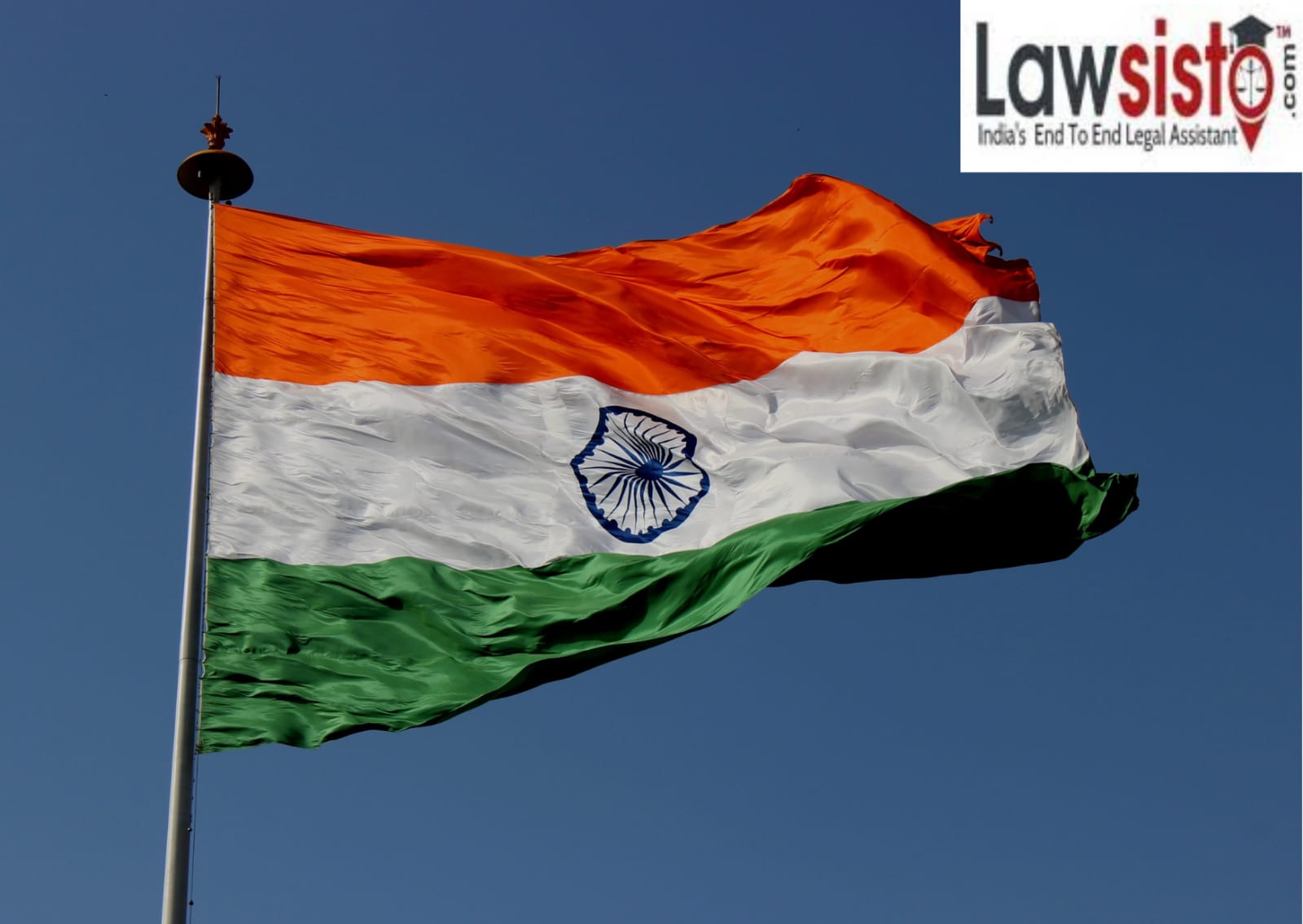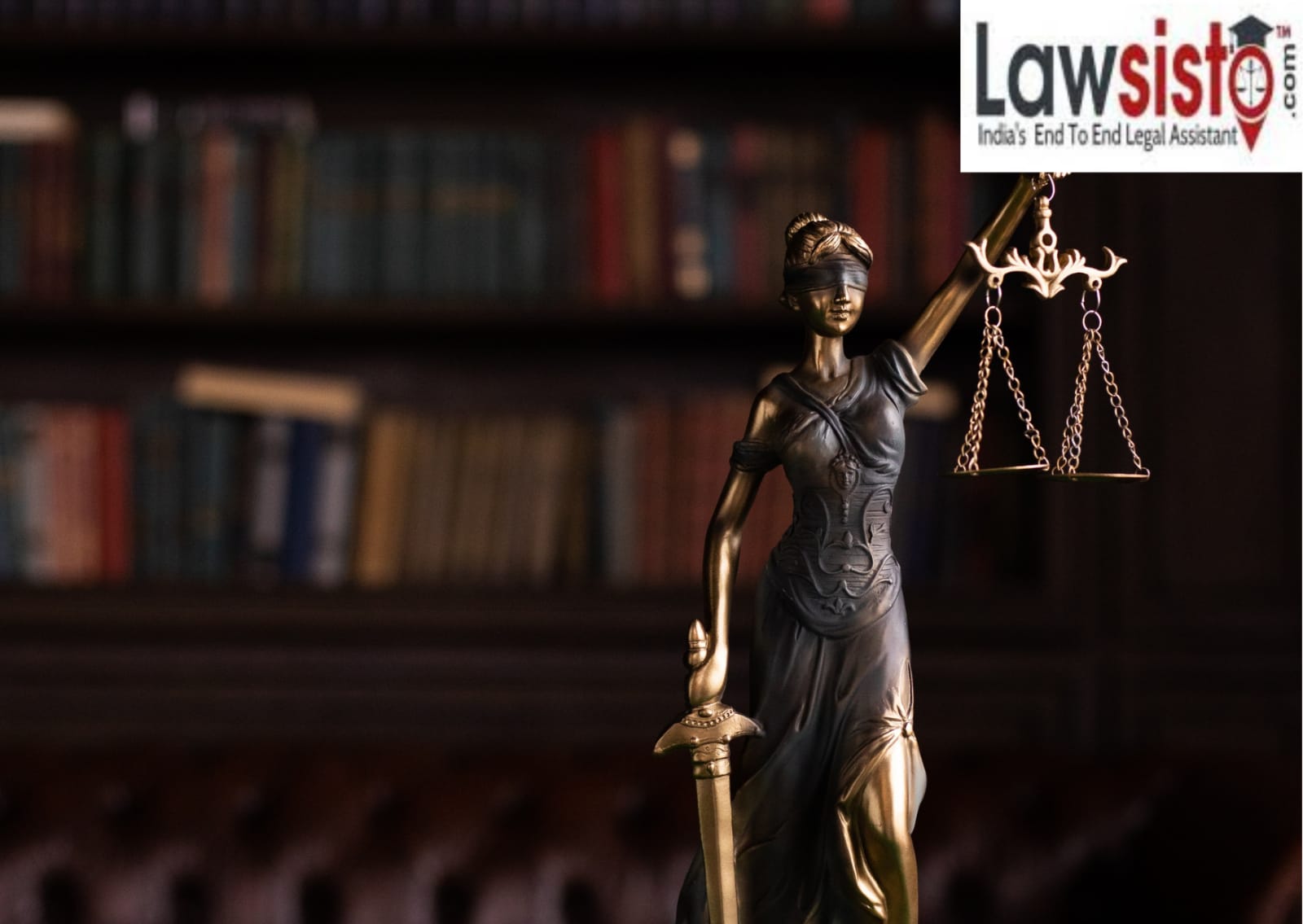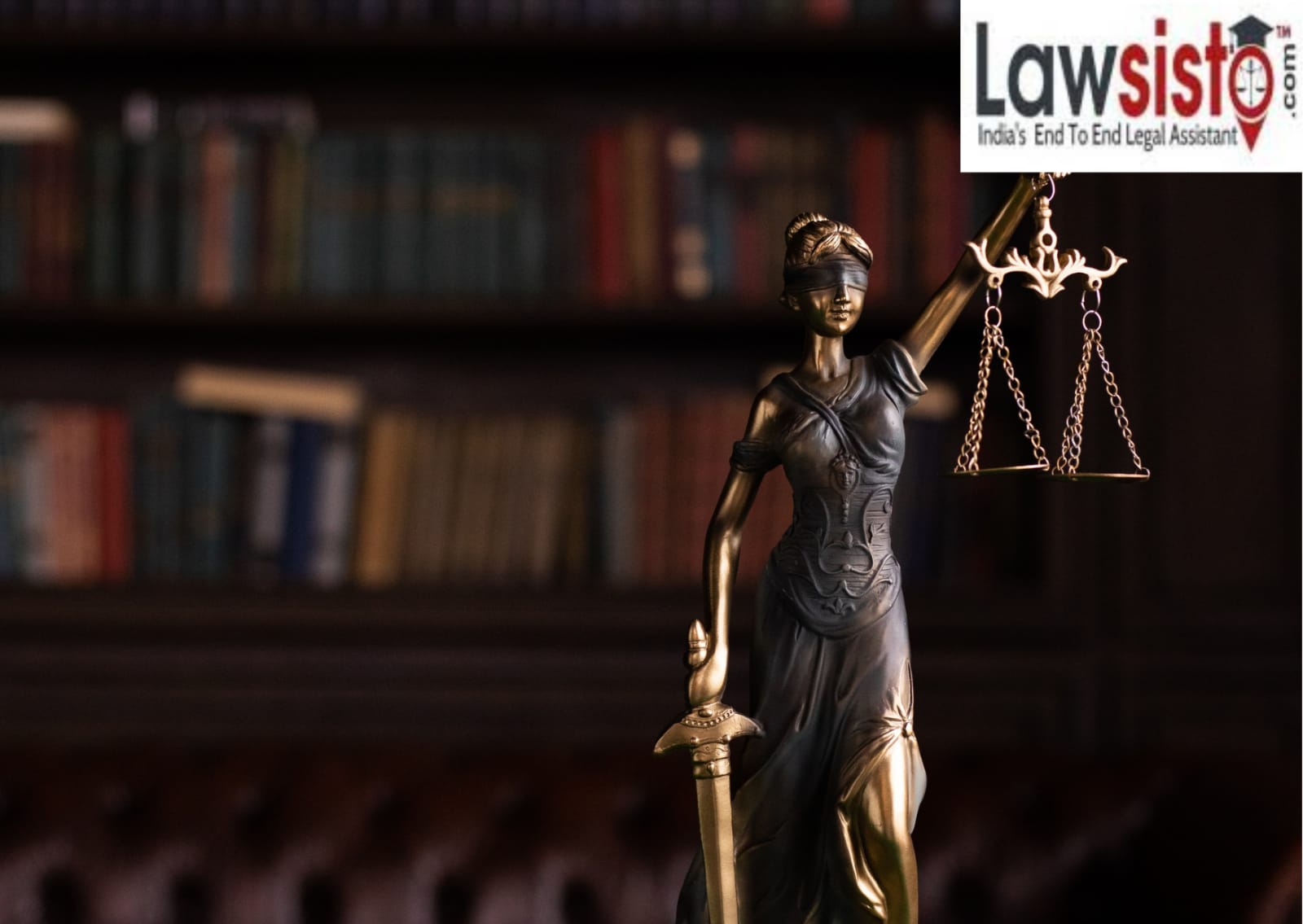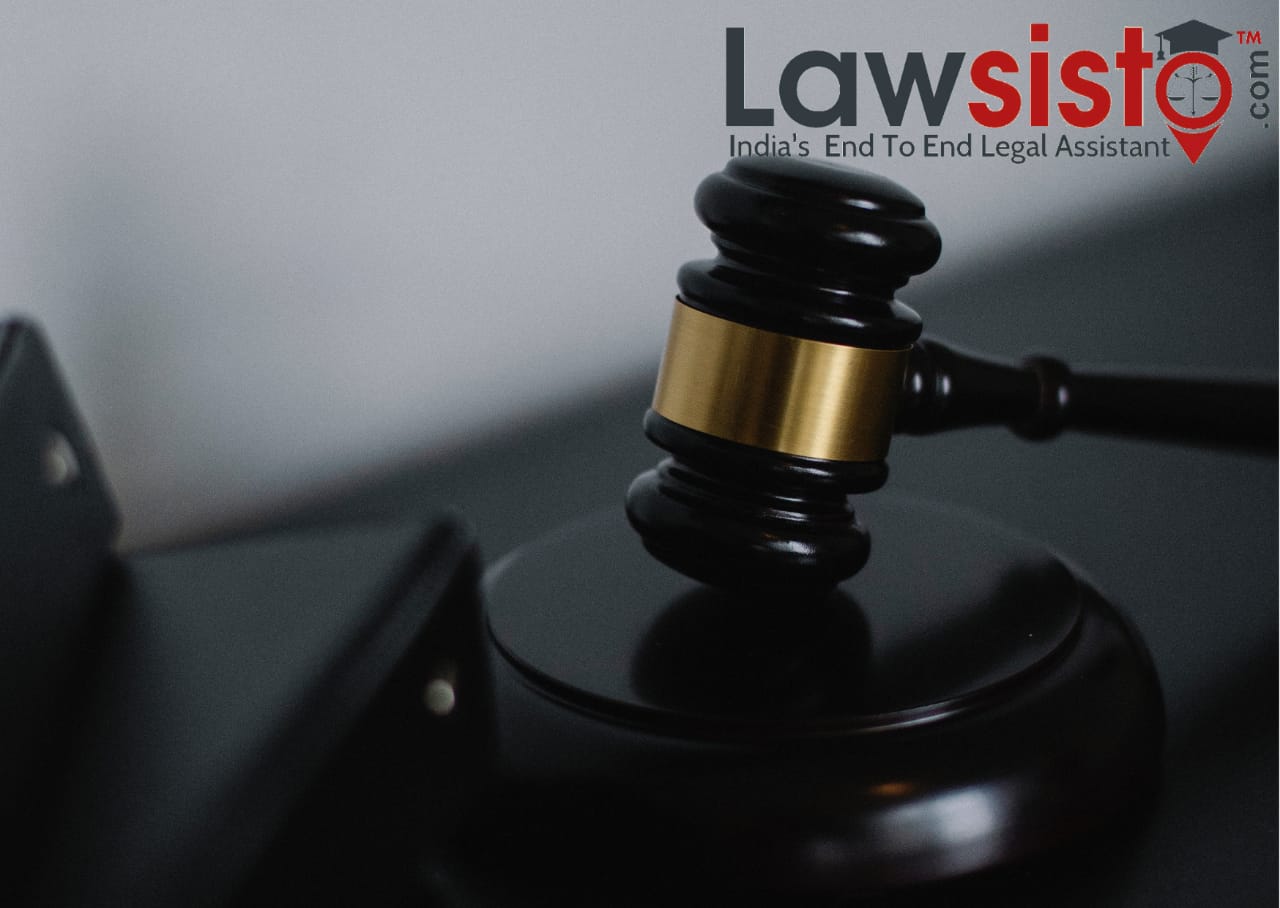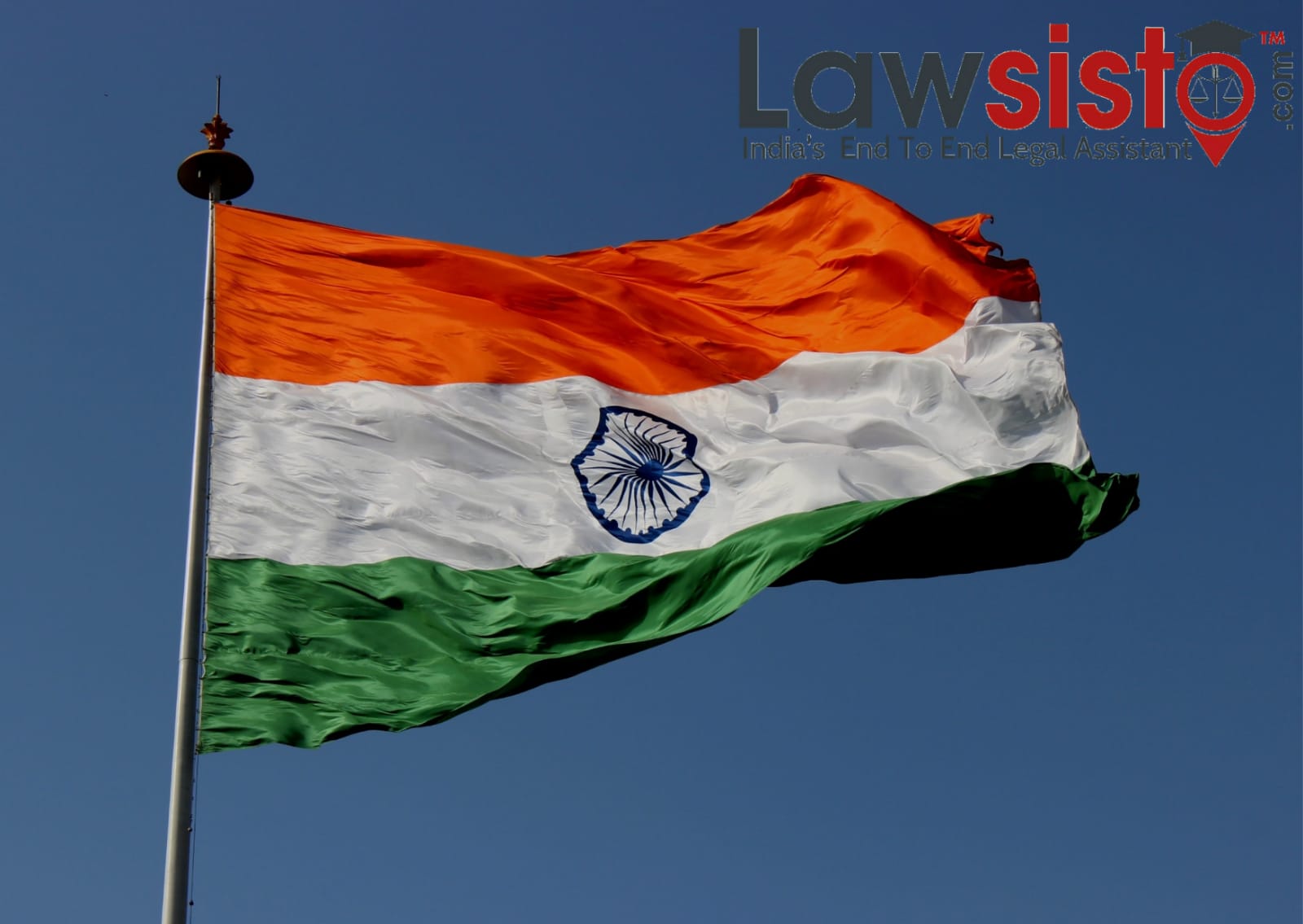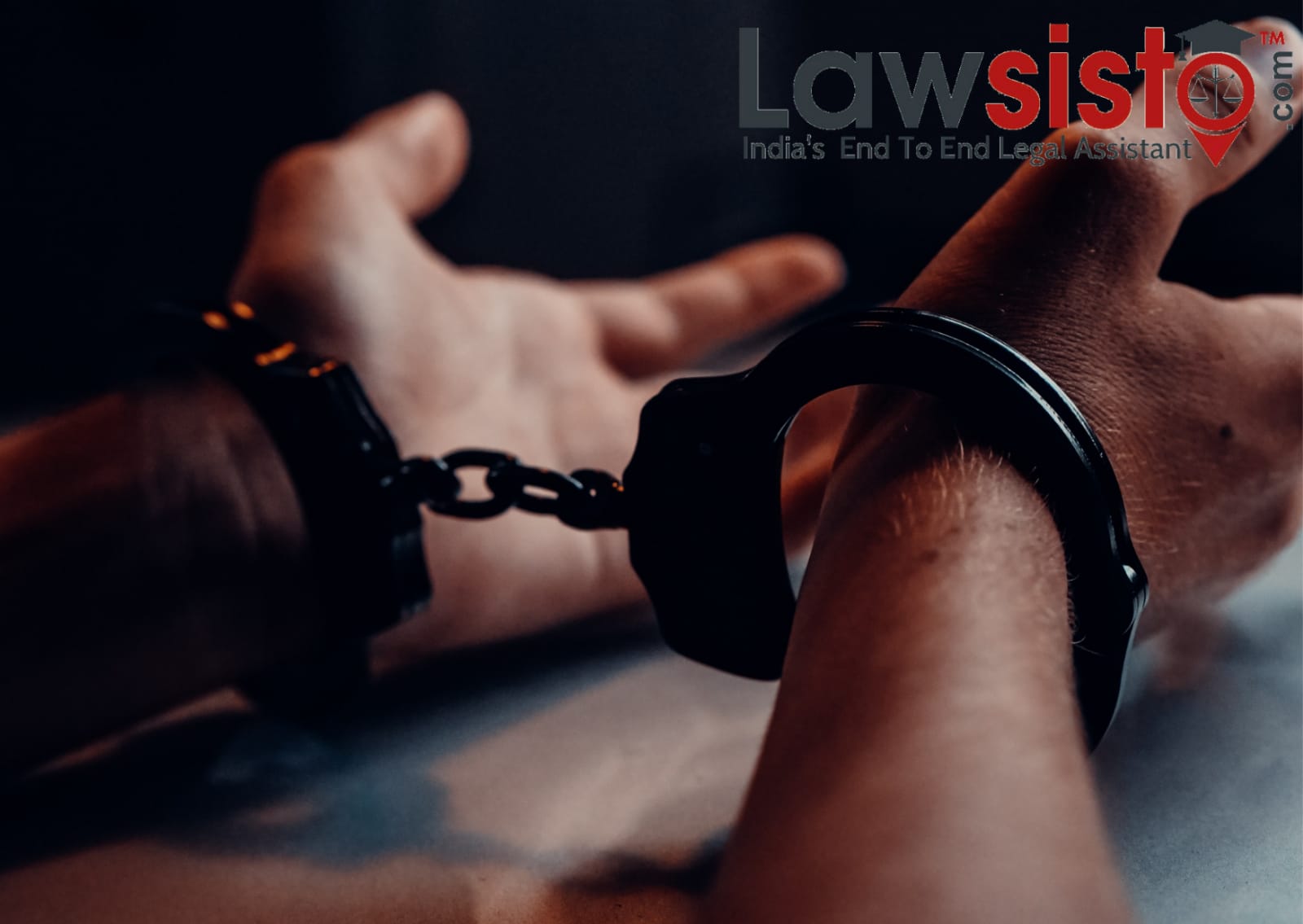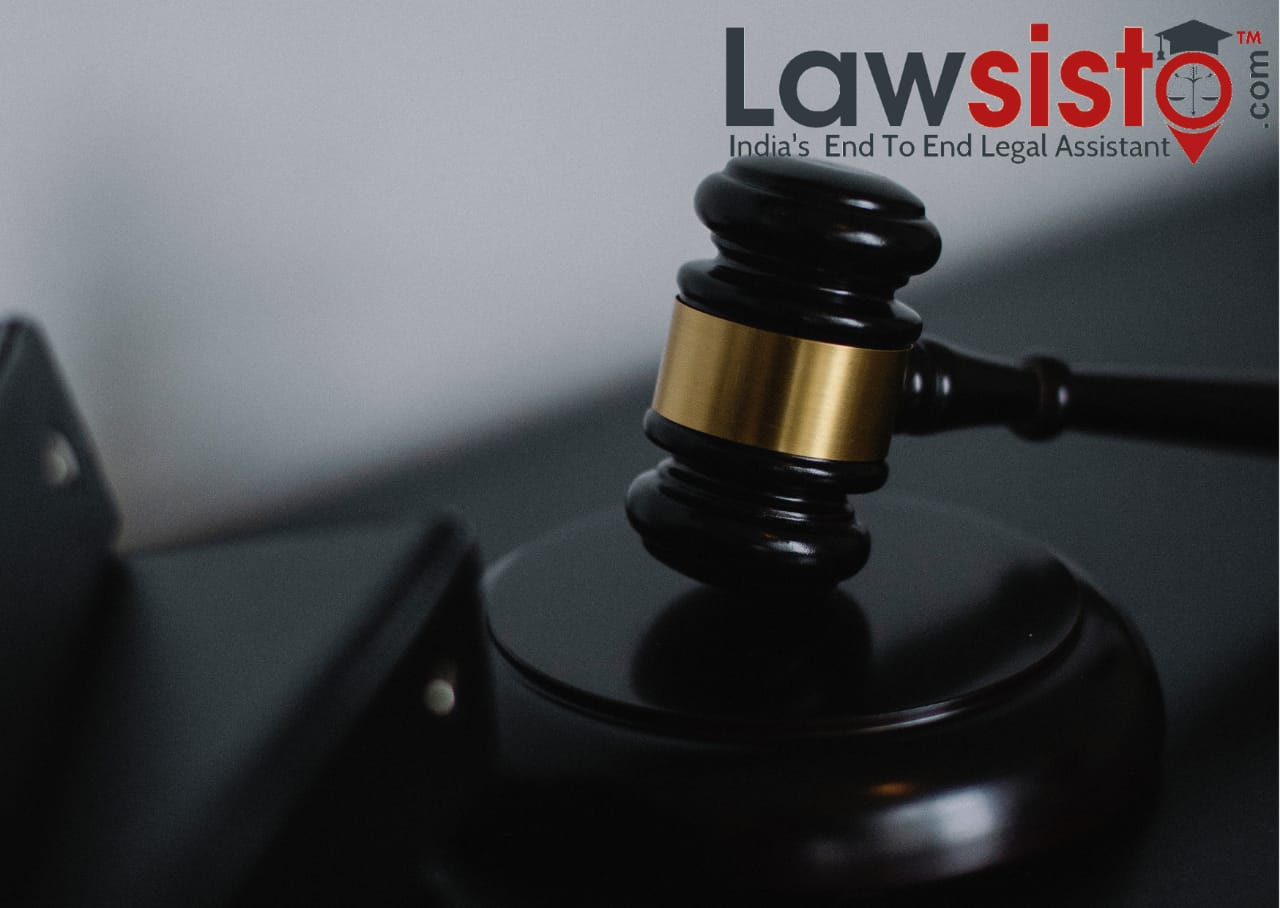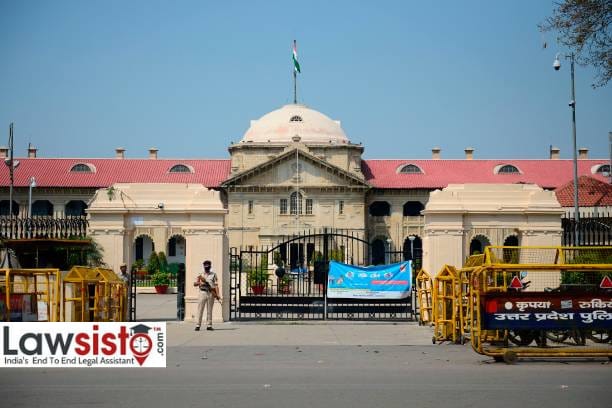Latest News
Doctrine Of Basic Structure

Under the scheme of our Constitution the Union Parliament and the Legislatures of the States are free to make laws with regard to the different matters and these laws are introduced first, in the form of bills to the legislature and then after undergoing a due process they finally become an Act. The Supreme Court of India under the Constitution is the watchdog of the Constitution and thus in case, any law is inconsistent with the law that law gets declared null and void. The doctrine of basic structure was devised in order to protect certain ideas that are basic to our constitution and which must be upheld at all times at any cost.
Under Art.368 of the Constitution, the legislature can make necessary changes in the already existent laws due to many reasons as these laws need to change with time and new additions need to be made but those principles laid down in the doctrine of Basic Structure cannot be touched. This doctrine was not enshrined in the Constitution originally but it has developed over time culminating in the famous Keshvananda Bharti Case.
The earliest view that came was with regard to the Shankari Prasad vs Association of India case and The First Constitution Amendment Act, 1951 as it was challenging the Part III of the Constitution, though the view that came was that the Parliament can revise all the parts of the constitution including the basic rights and this was also the view that was upheld in Sajjan Singh vs. State of Rajasthan (1965).
Then in the year 1967, in the Golak Nath case, the earlier view of the Supreme Court of India was overruled and it was held that no alterations can be made in Part III of the Constitution as the importance which was due to the fundamental rights holds great value and cannot be undermined and is beyond change. Thus, it was held that Parliament gets its power to make changes in Art. 368 of the Constitution but still complete power to make changes in a part of the Constitution are not granted by the Art. 368.
By the 24th Amendment Act which was passed in the year 1971, power was granted which manifested itself in a way that even the fundamental rights became subjected to the alterations.
The issue of whether the fundamental rights were subject to change under the procedure that was set in the Constitution under Art. 368 came to an end and it was held that changes can be made in any part of the Constitution except for the certain parts which formed a part of the Basic Structure of the Constitution. No set definition of the Basic Structure was rolled out but certain parts were held to be a part of the Basic Structure and these parts went onto expanding even later as other important ideals were added to them.
The Judges that gave the verdict of the Keshvananda Bharti Case (1973) held what according to them formed the Basic Structure and according to Sikri, C.J. the Basic structure included supremacy of the constitution, republican and democratic form of government, secular character of the constitution, separation of powers, federal structure. Justice Shelat and Justice Grover viewed that the ideals of unity and integrity of India and the mandate to build a welfare state were part of the Basic Structure. Hegde, J. and Mukherjea, J. held the sovereignty, democracy, unity, freedoms to the individuals, and mandate to build a welfare state to be a part of the Basic Structure. Justice Jaganmohan Reddy held that the Preamble to the Constitution formed the part of the Basic Structure as well.
The doctrine of Basic Structure got reaffirmation in the case of Indira Gandhi vs. Raj Narayan where this doctrine was applied and Art. 329-A that was added to the Constitution by the 39th Amendment Act of 1975 was struck down.
This doctrine has been affirmed and reaffirmed several times and is the bedrock on which our Constitution rests and is very important to the rights of the citizens as well and is the glue that binds the ideals enshrined in the Constitution together.
